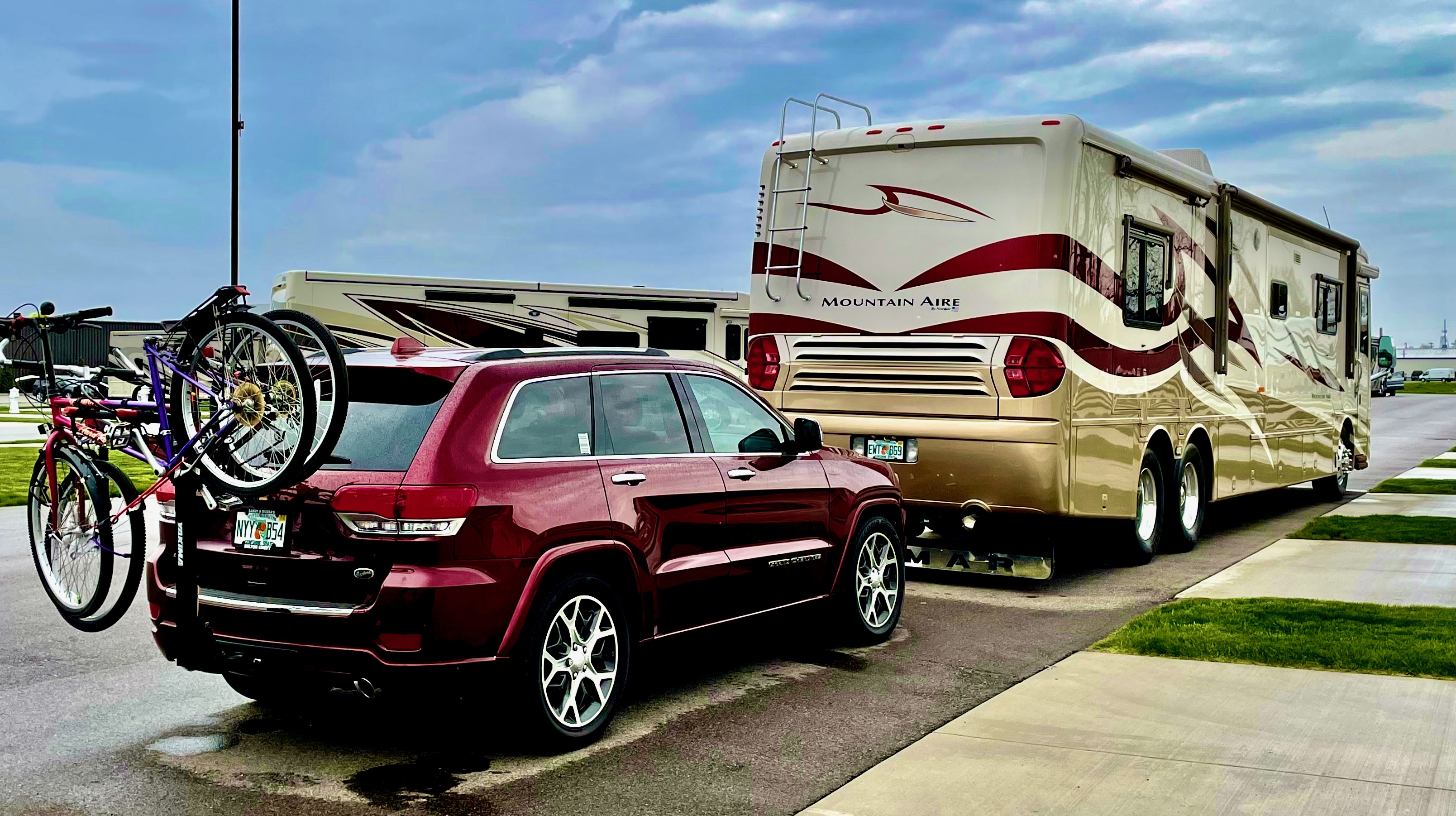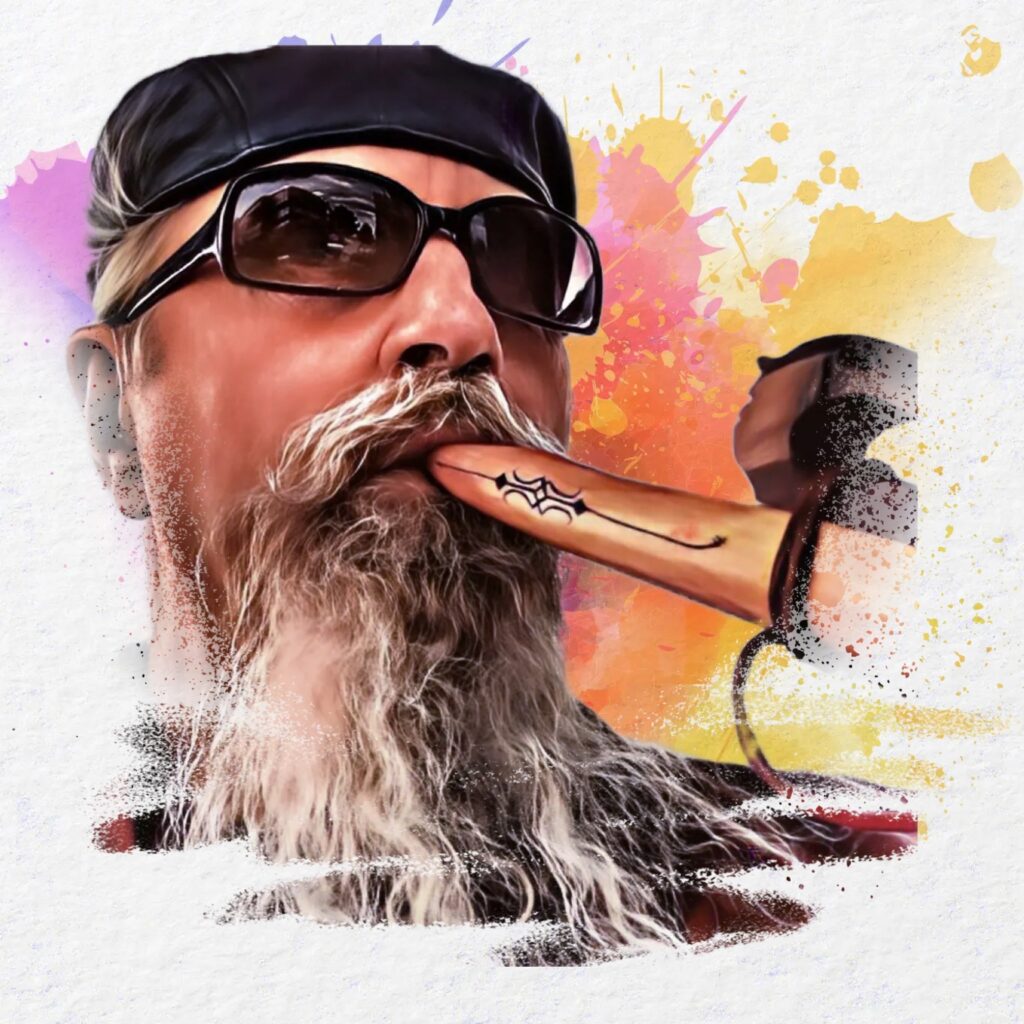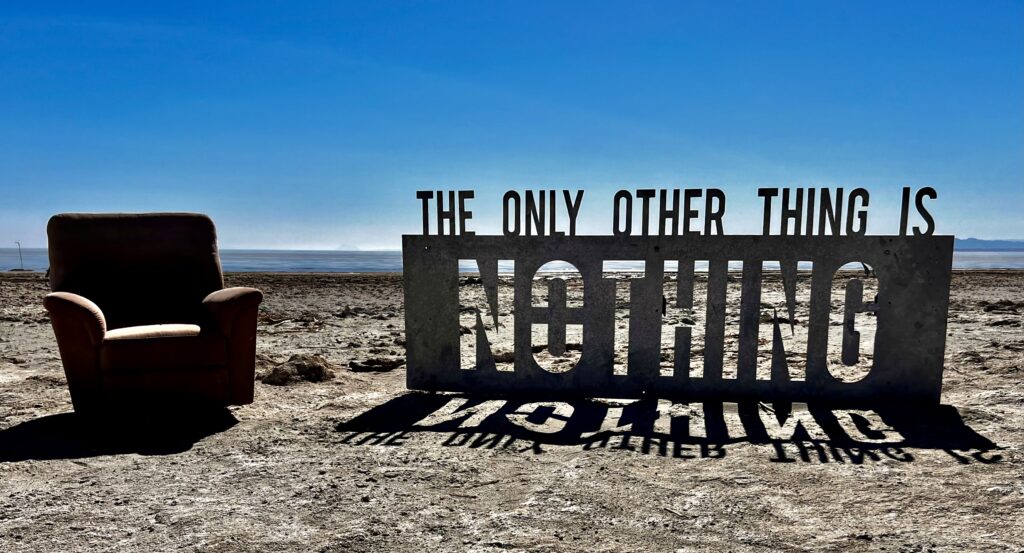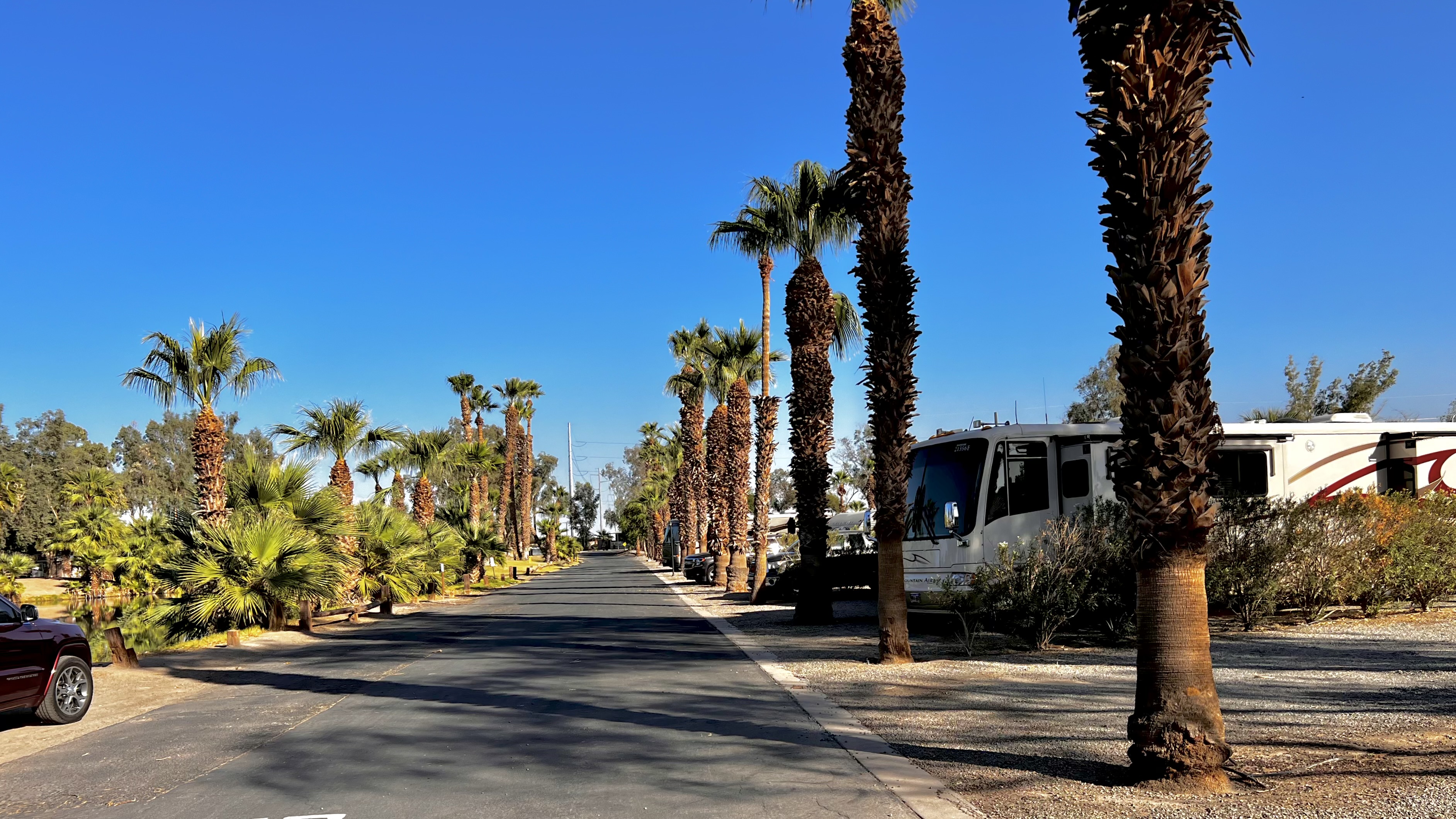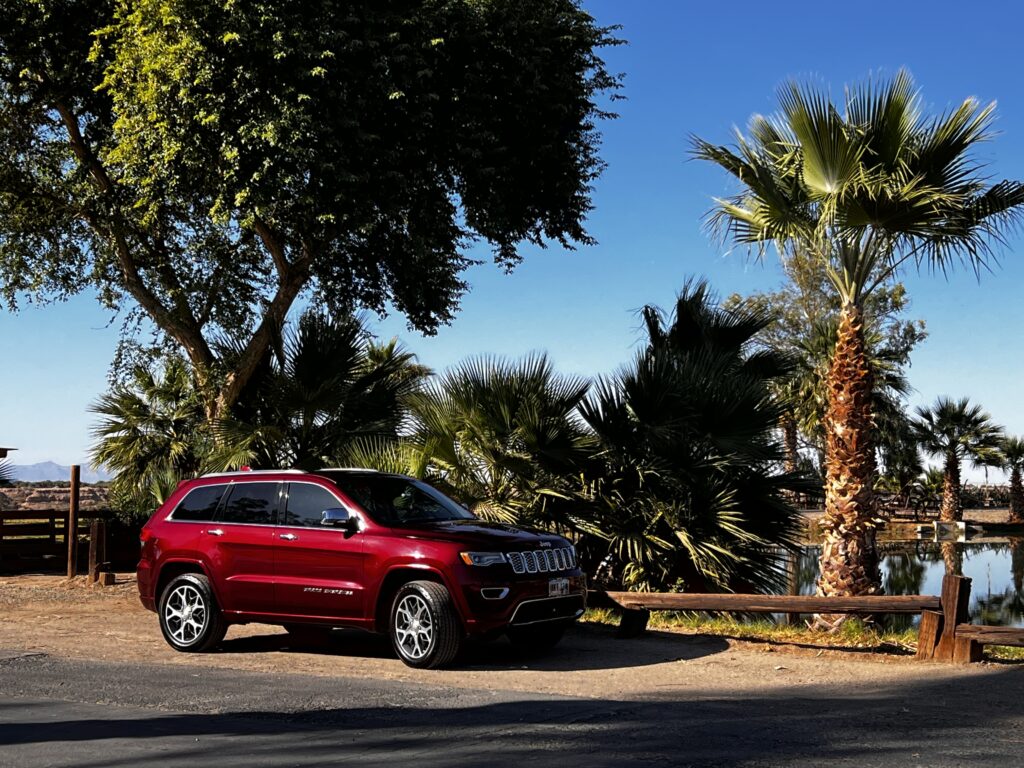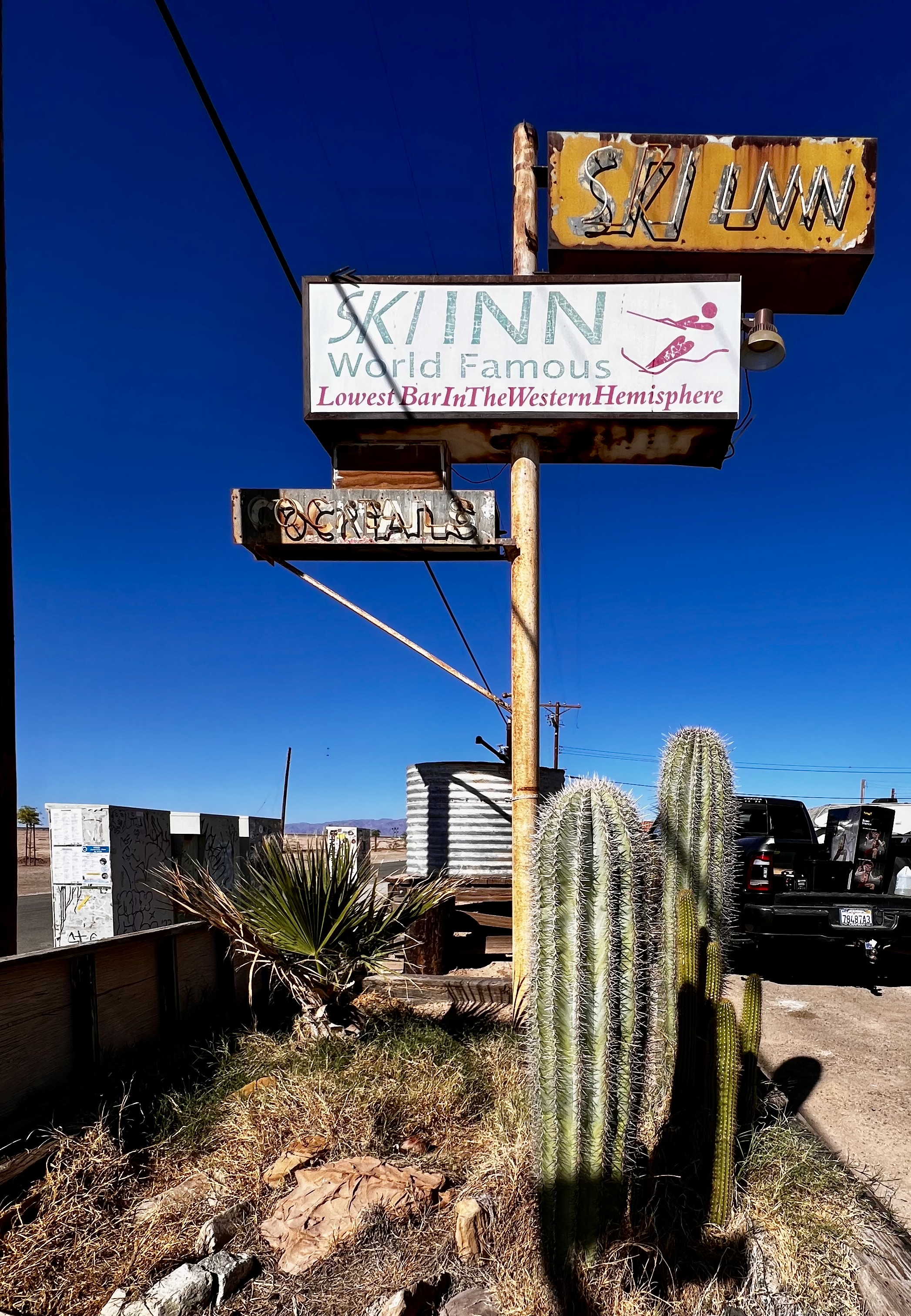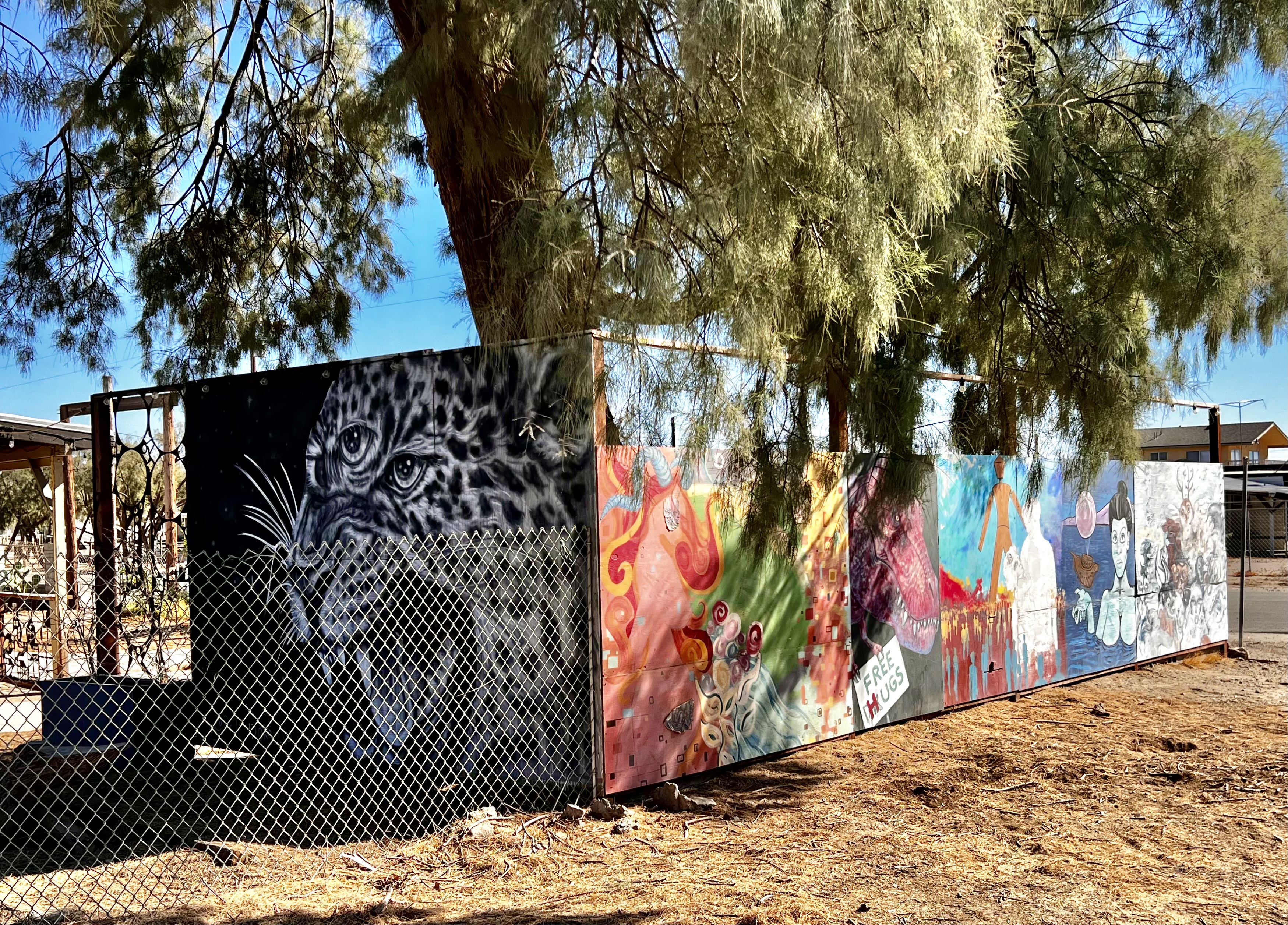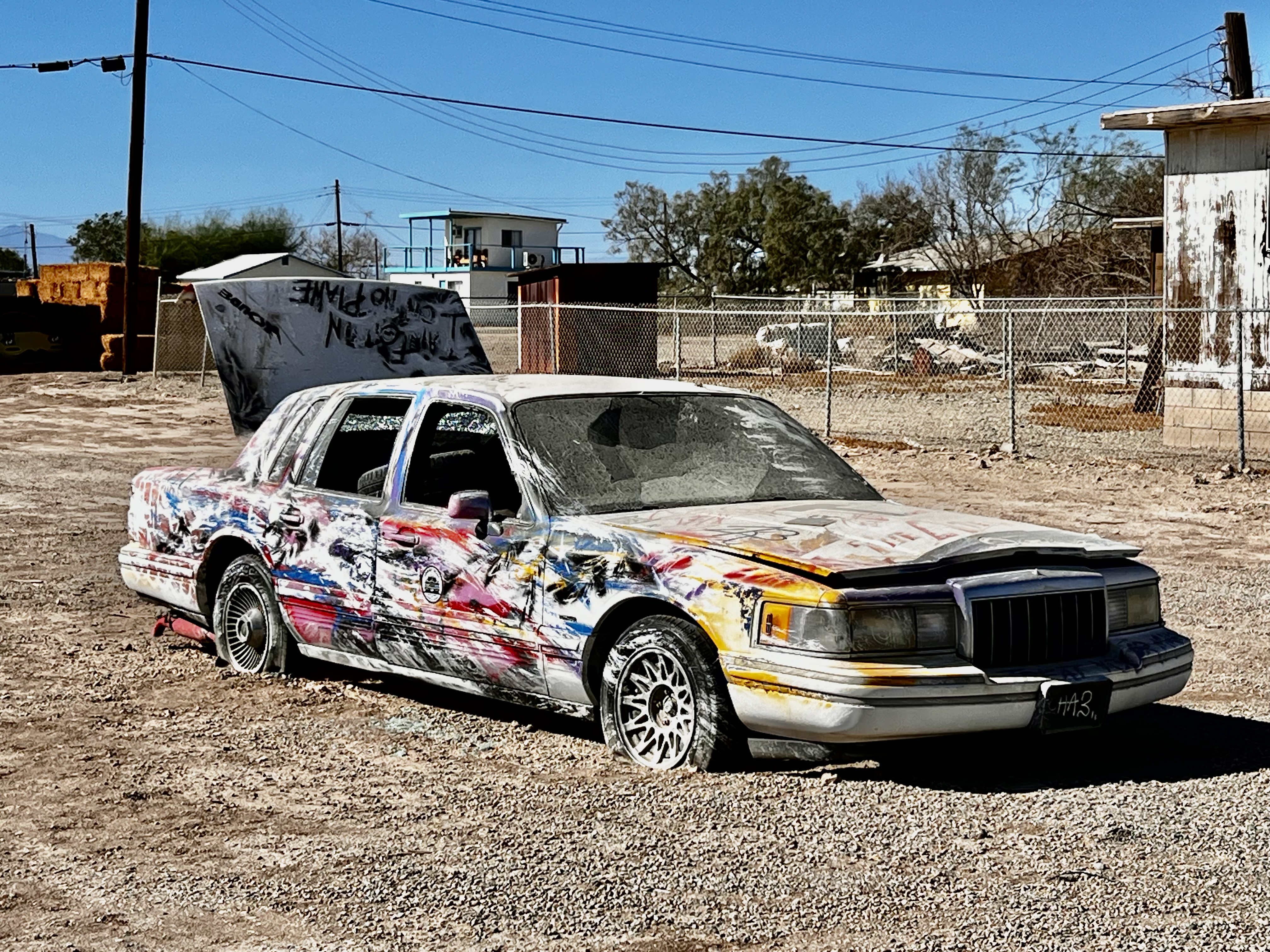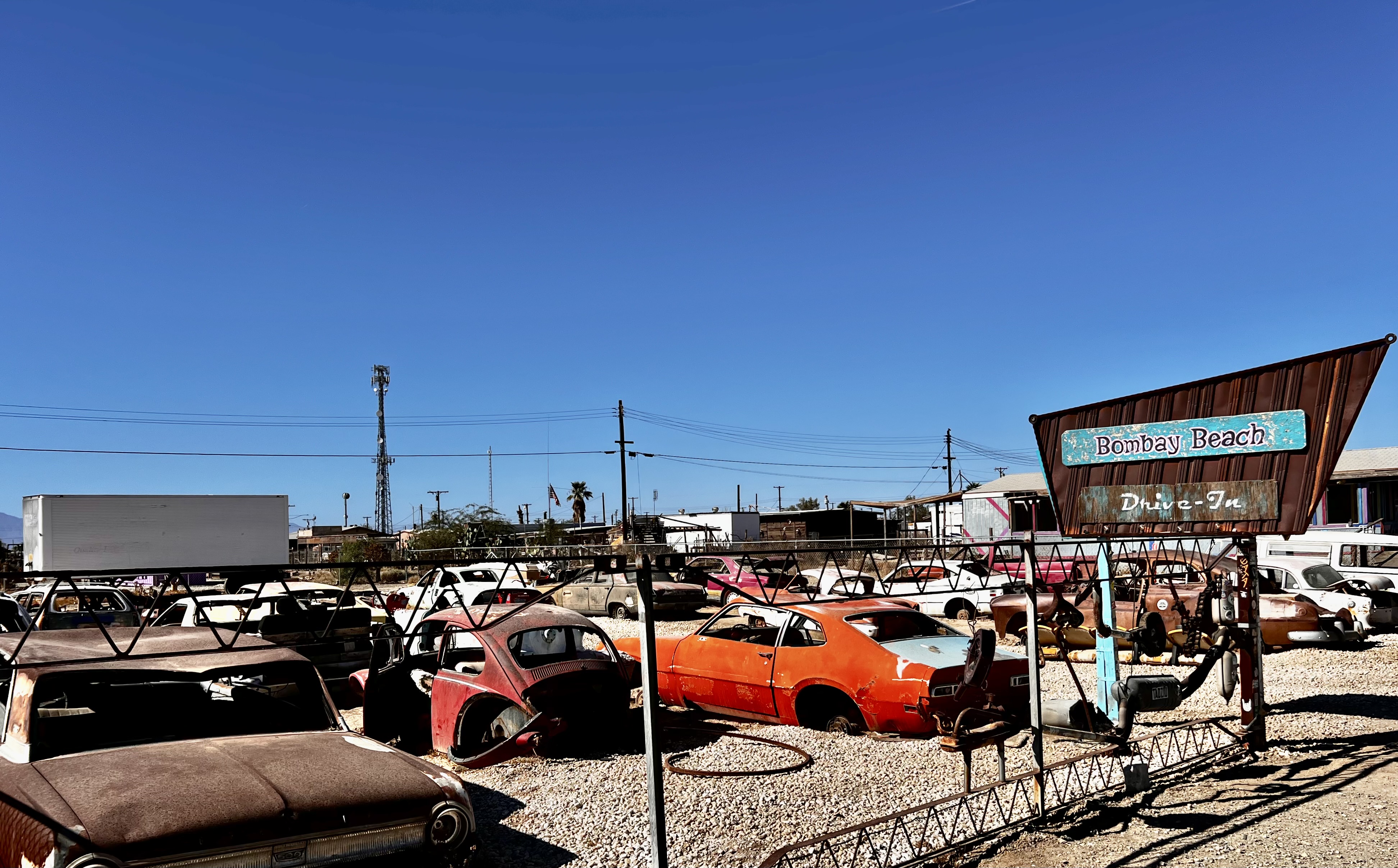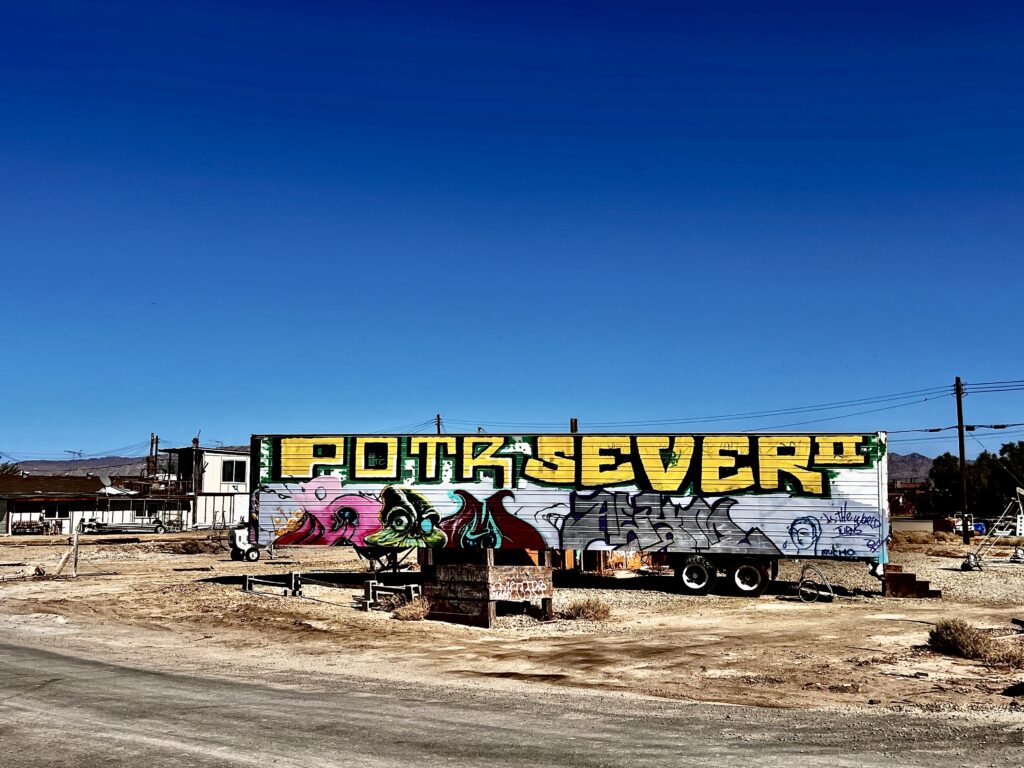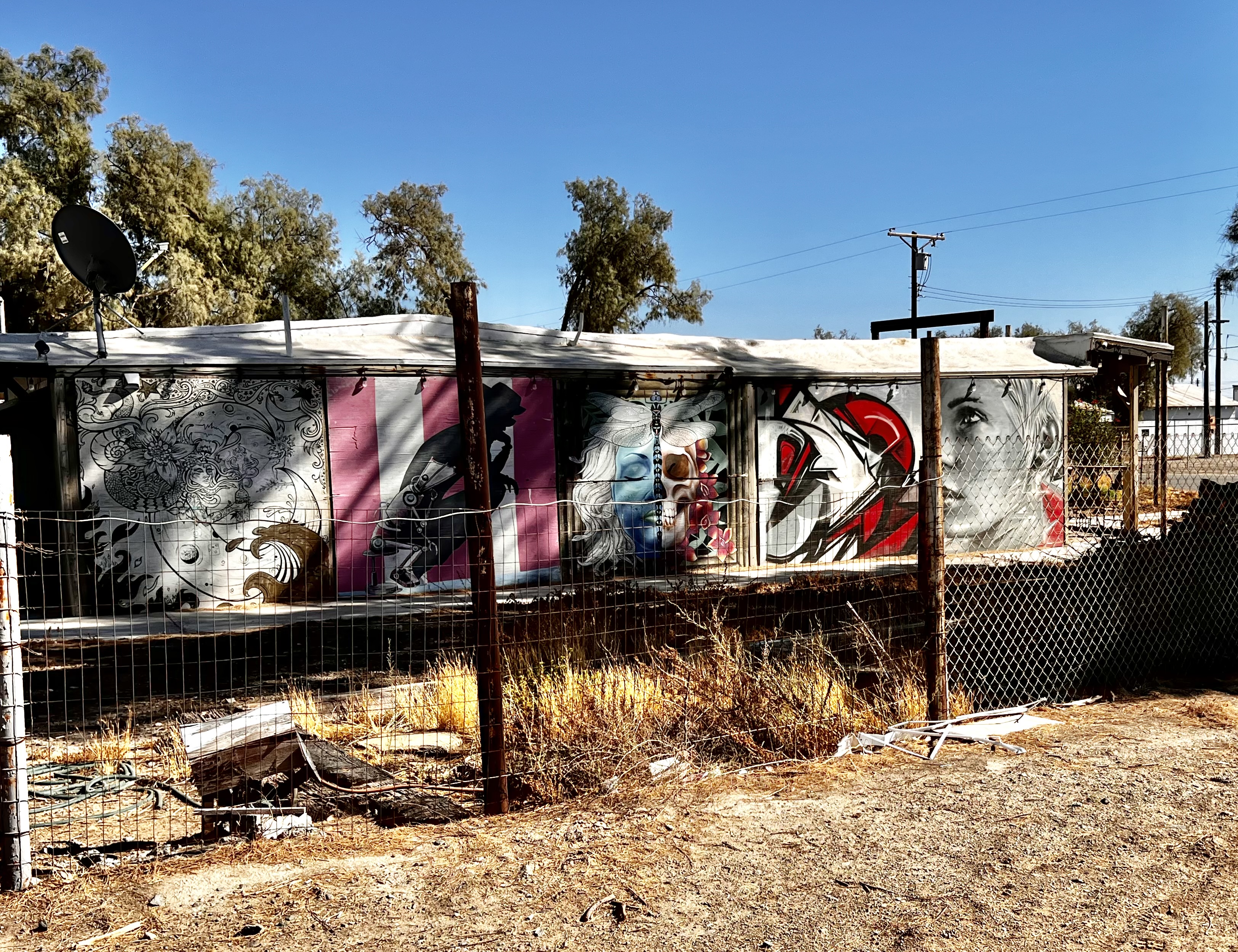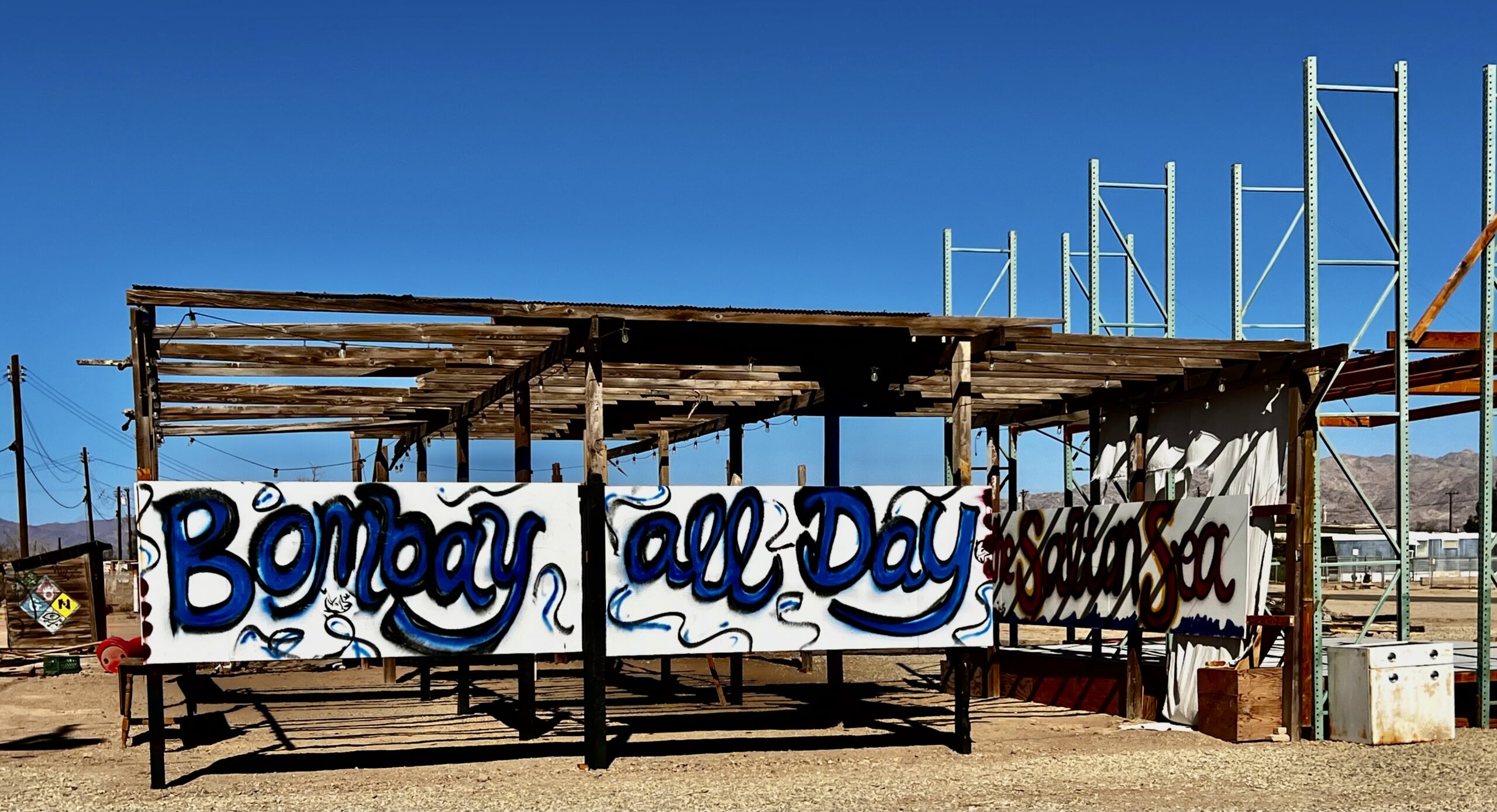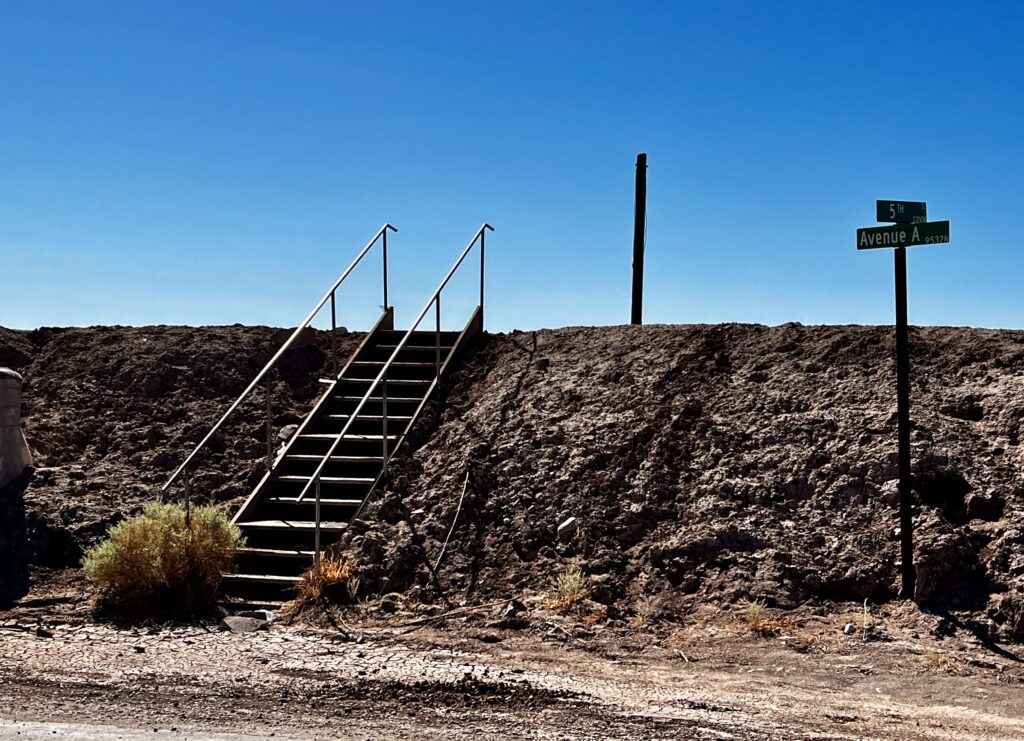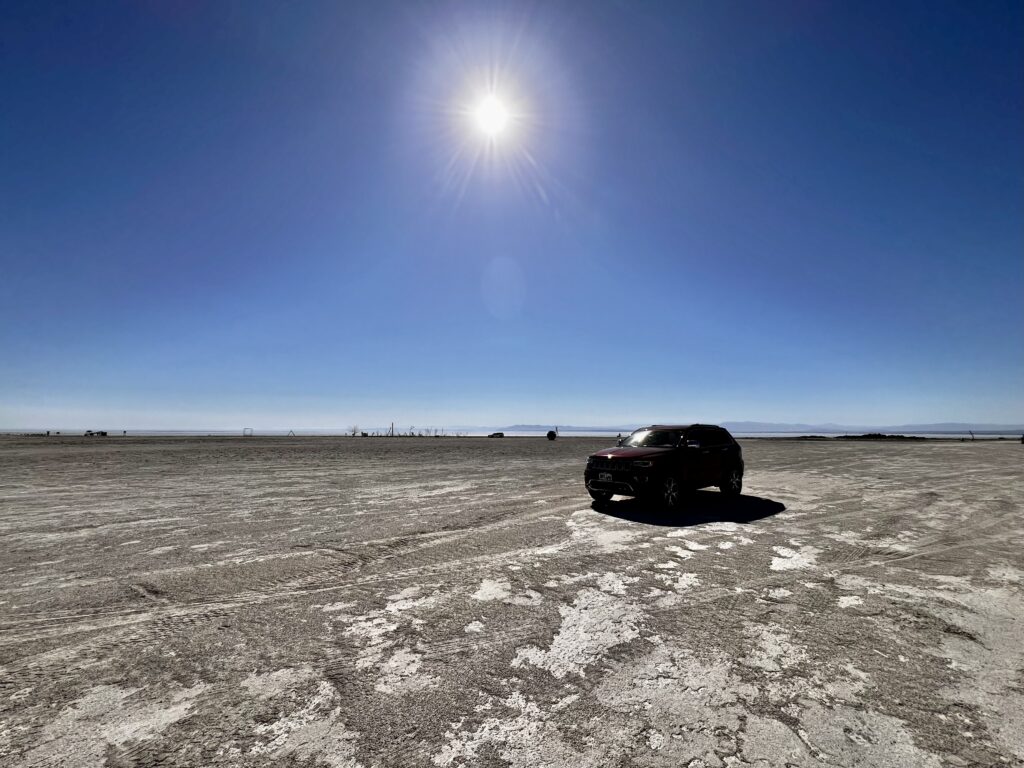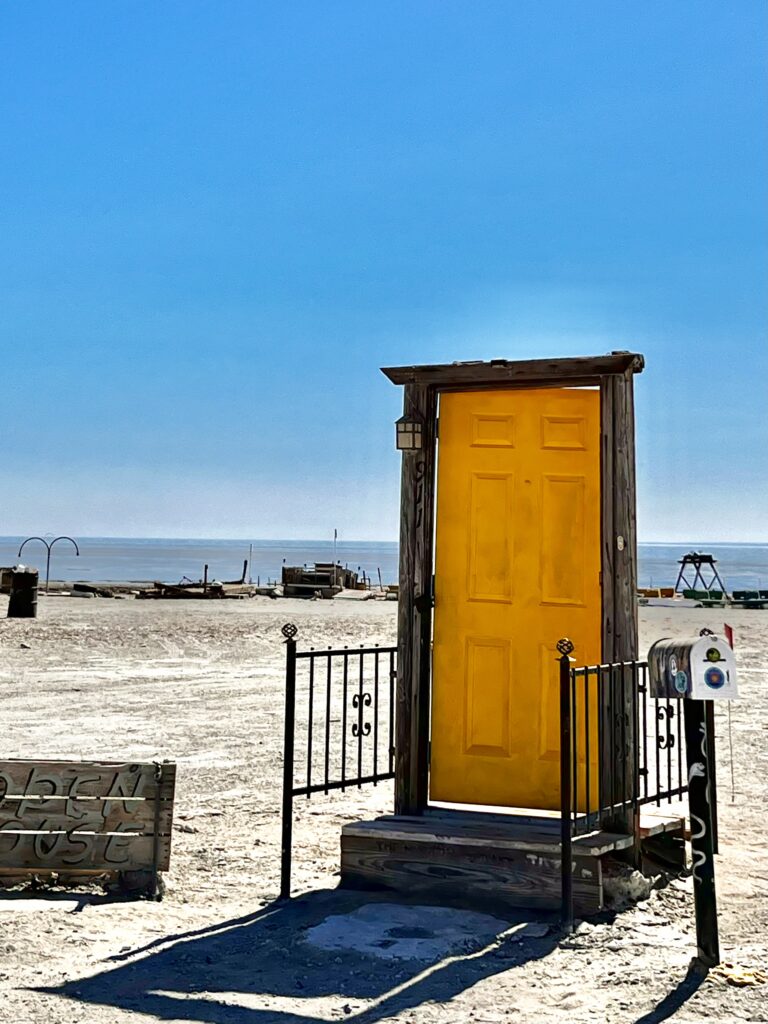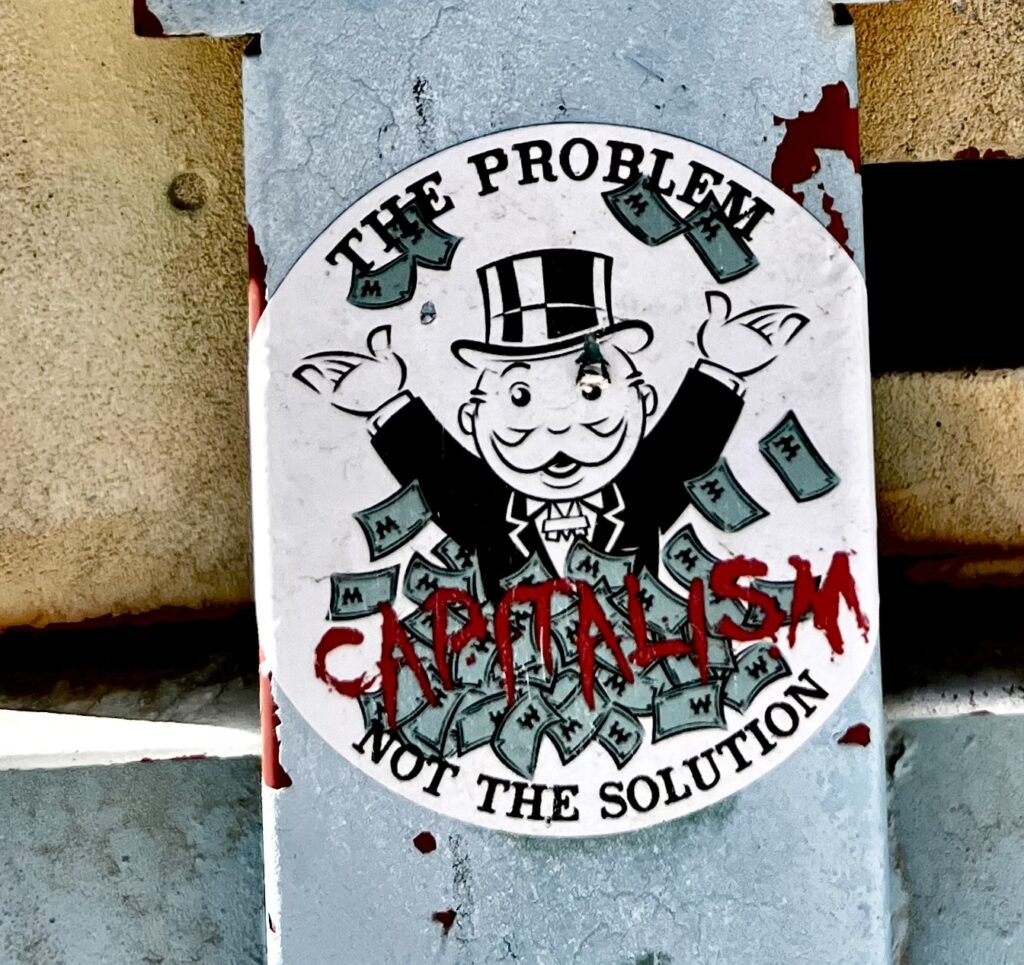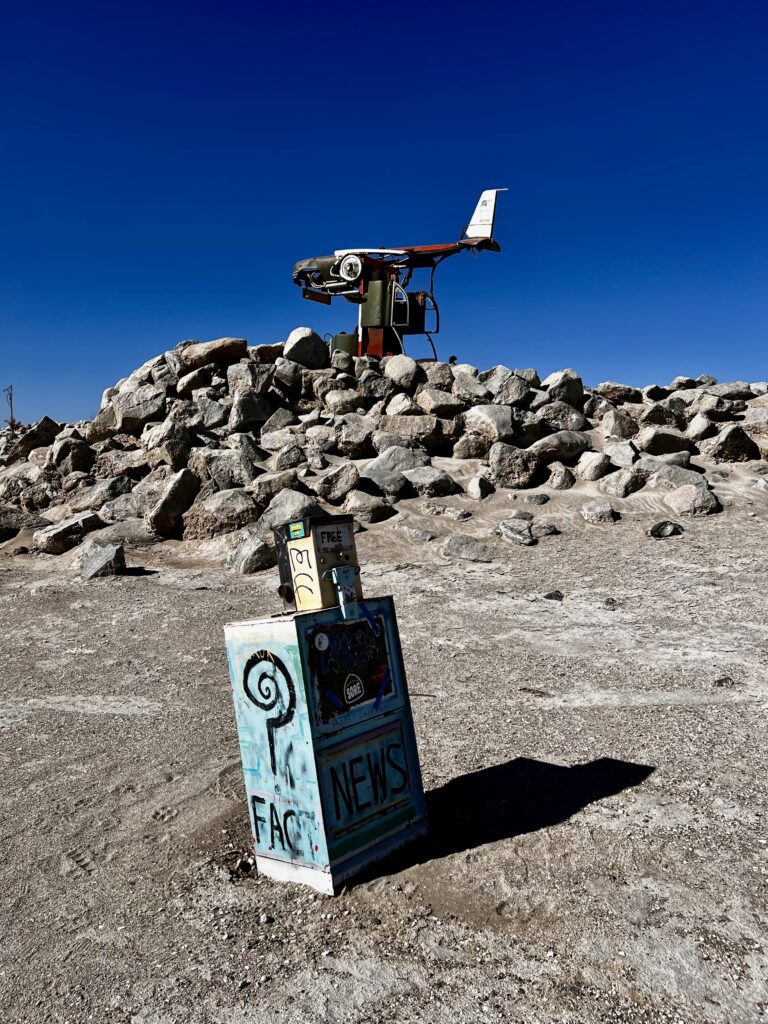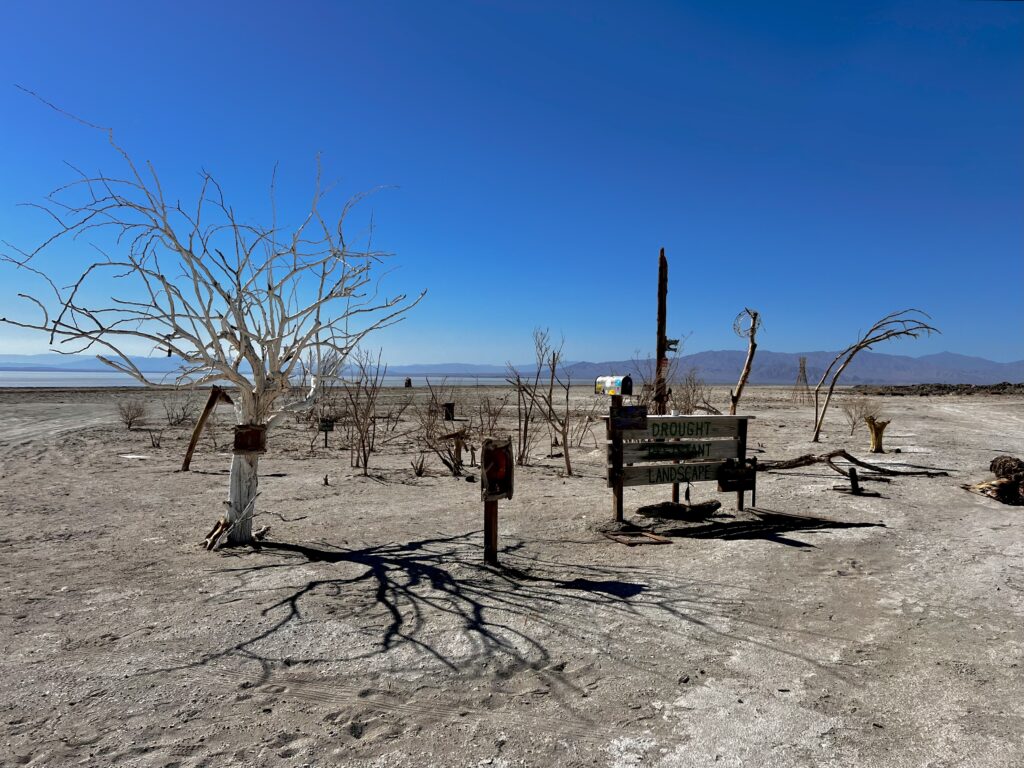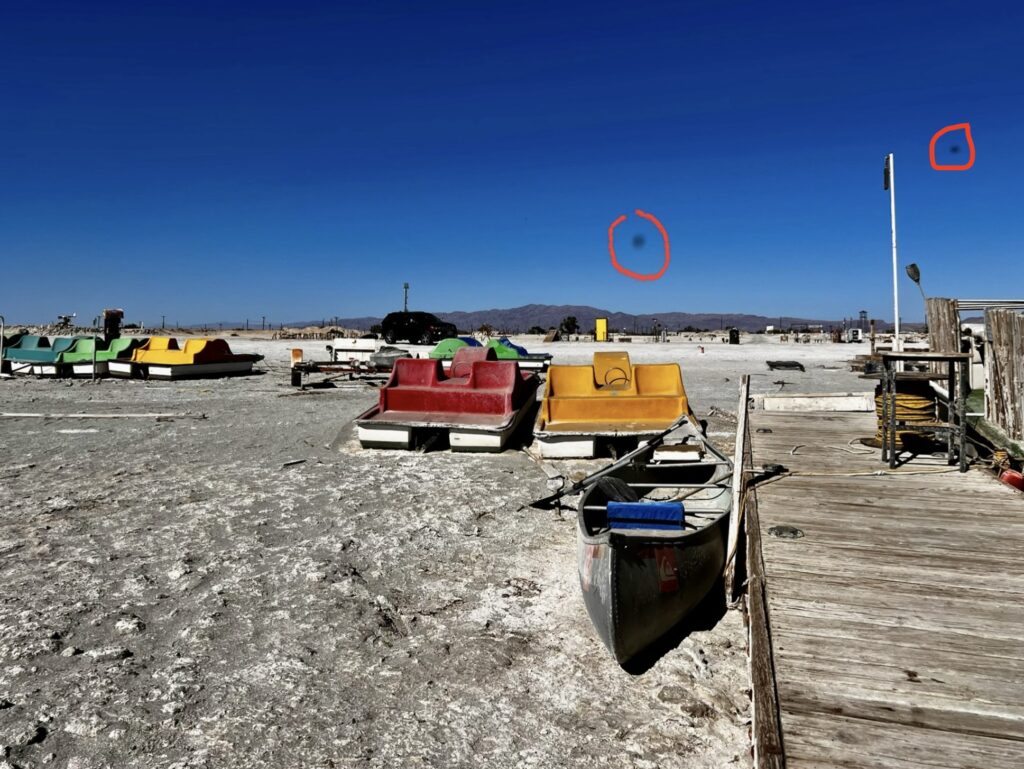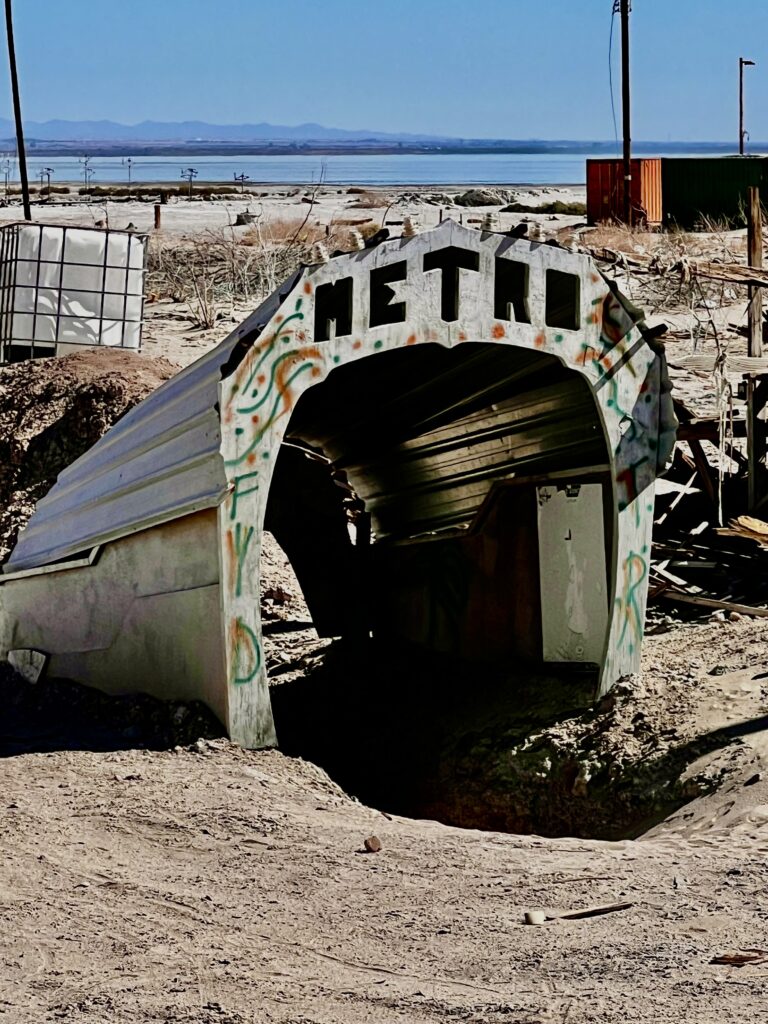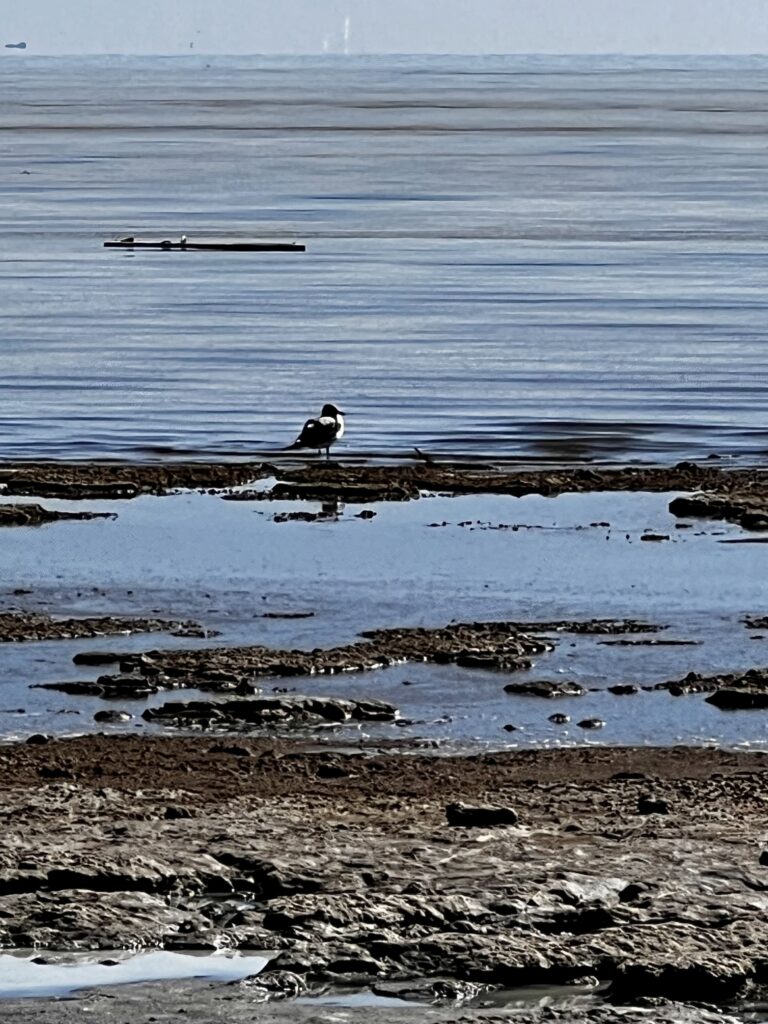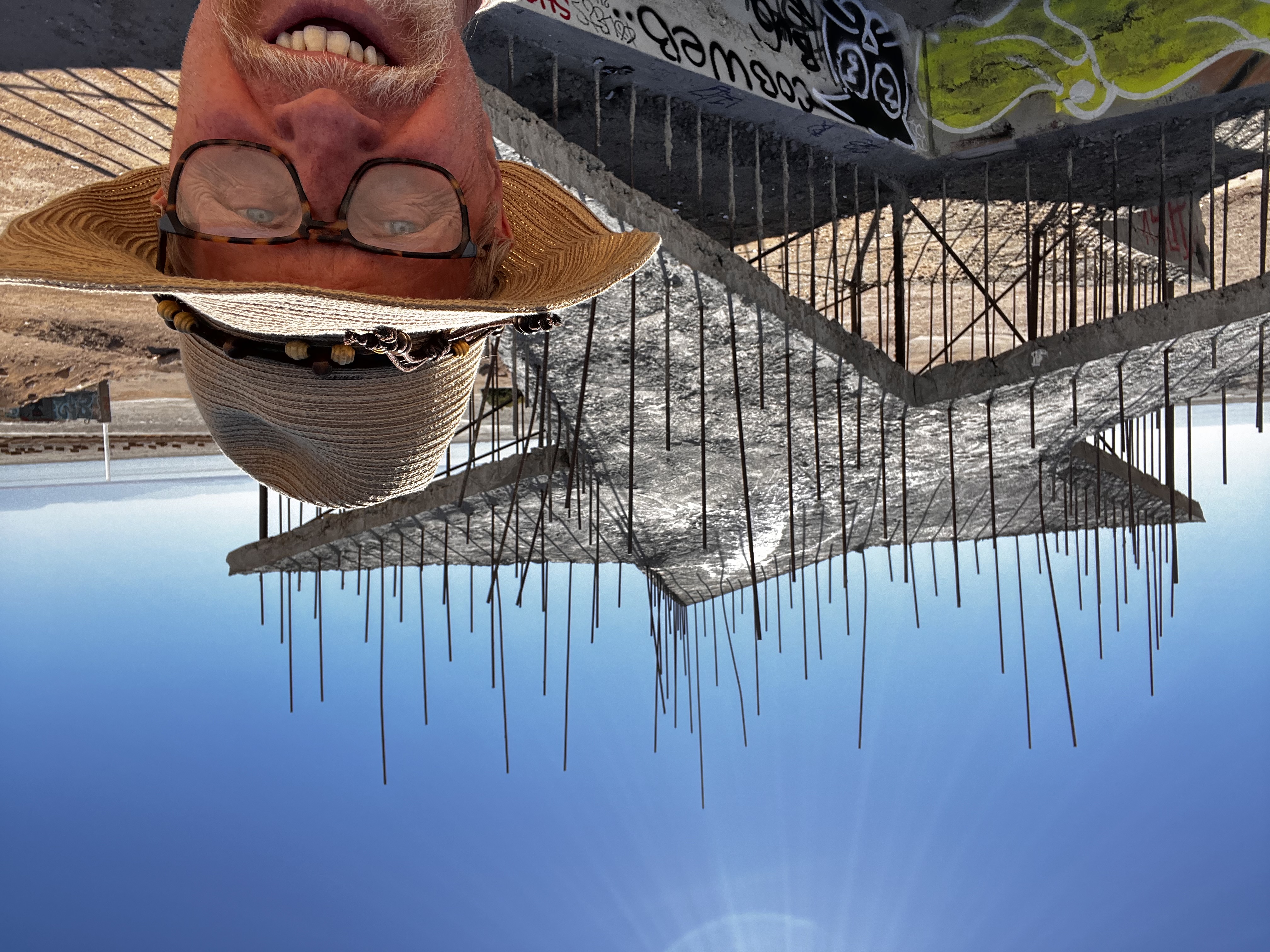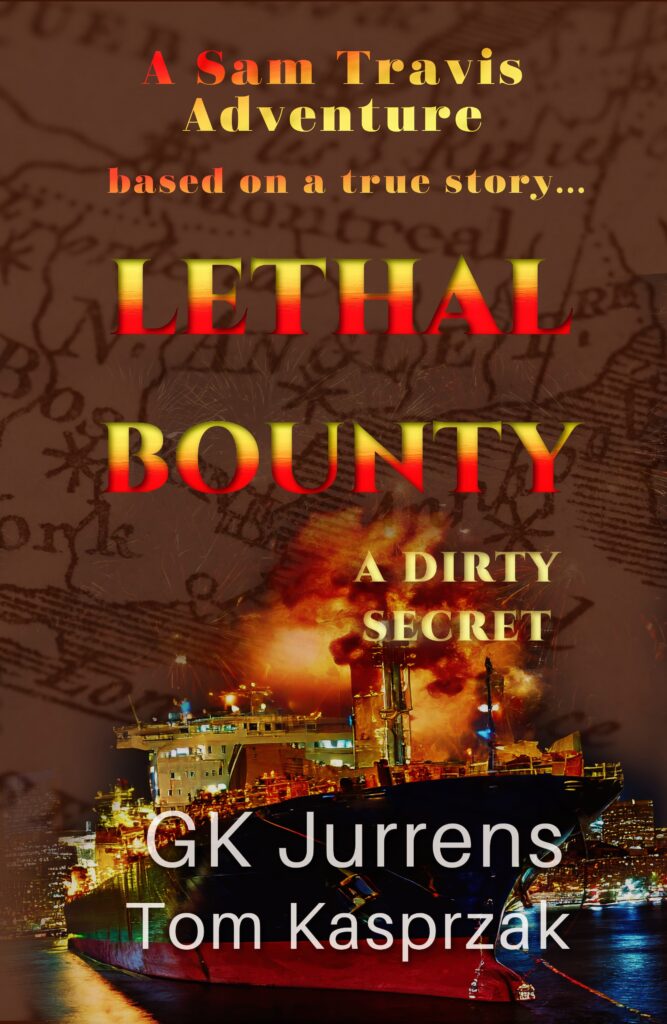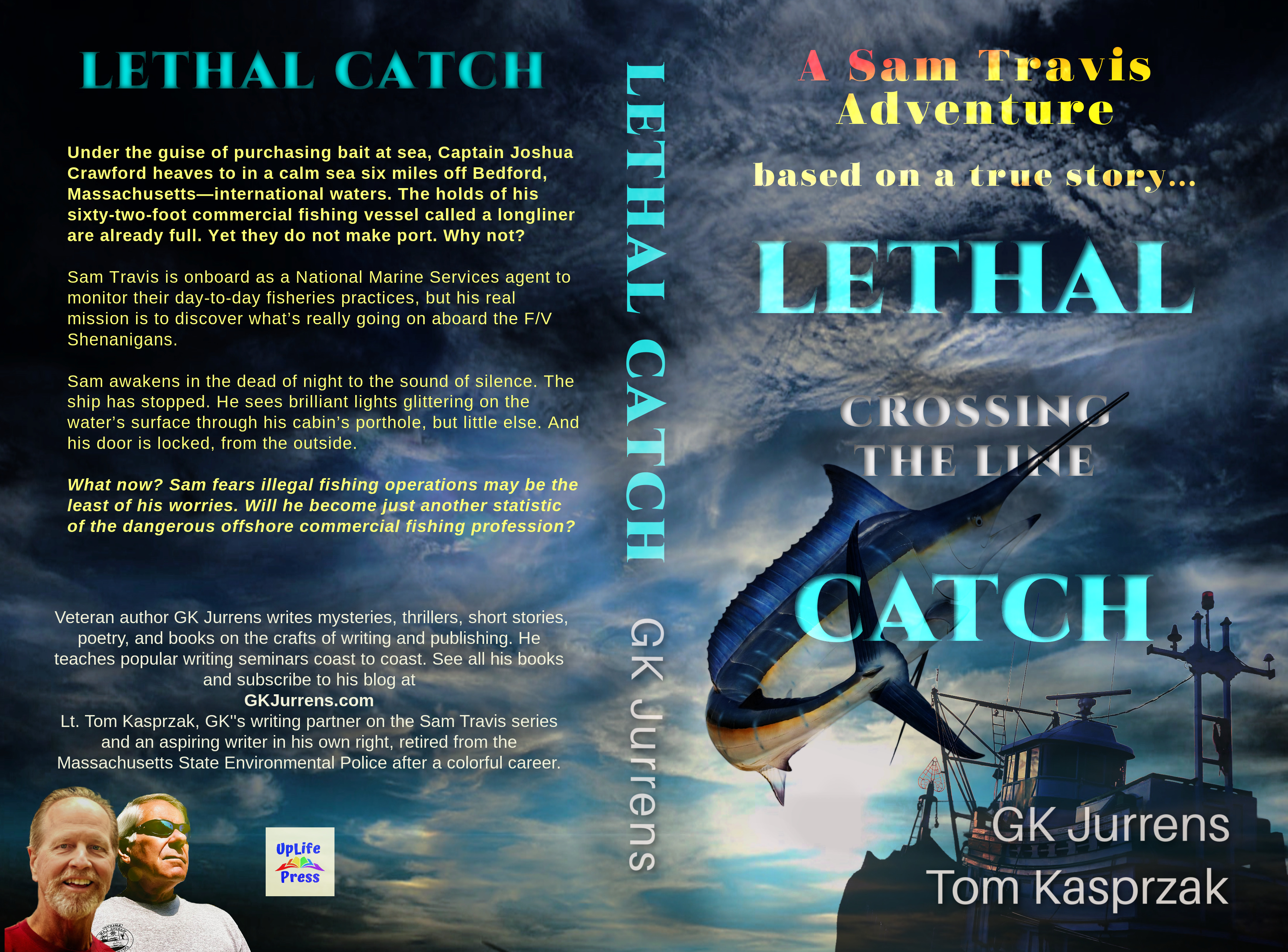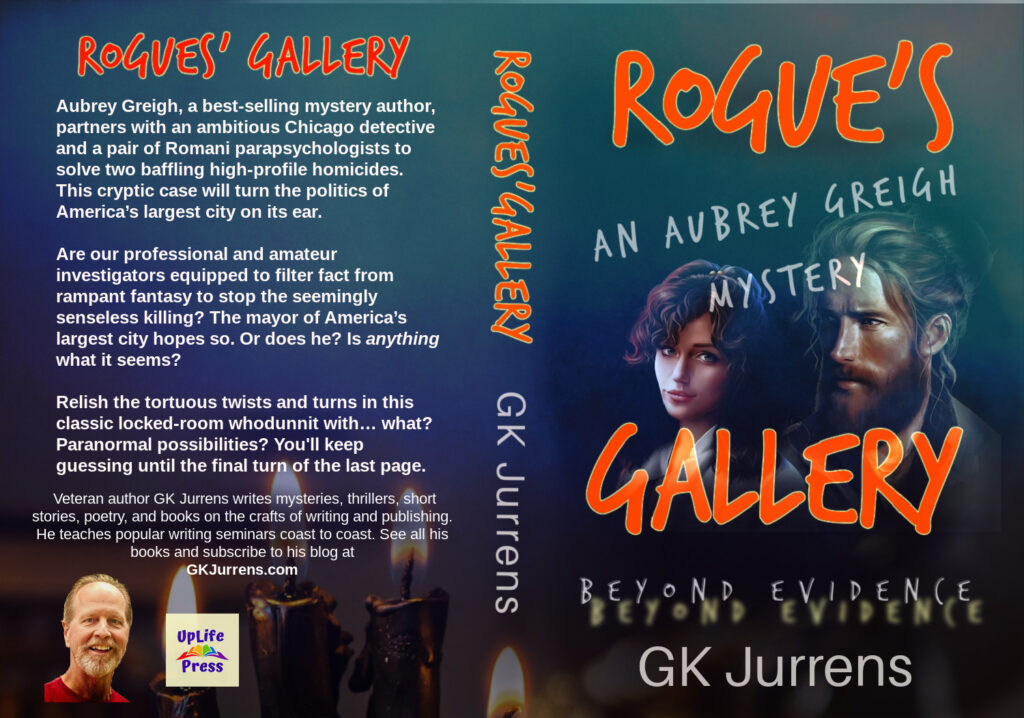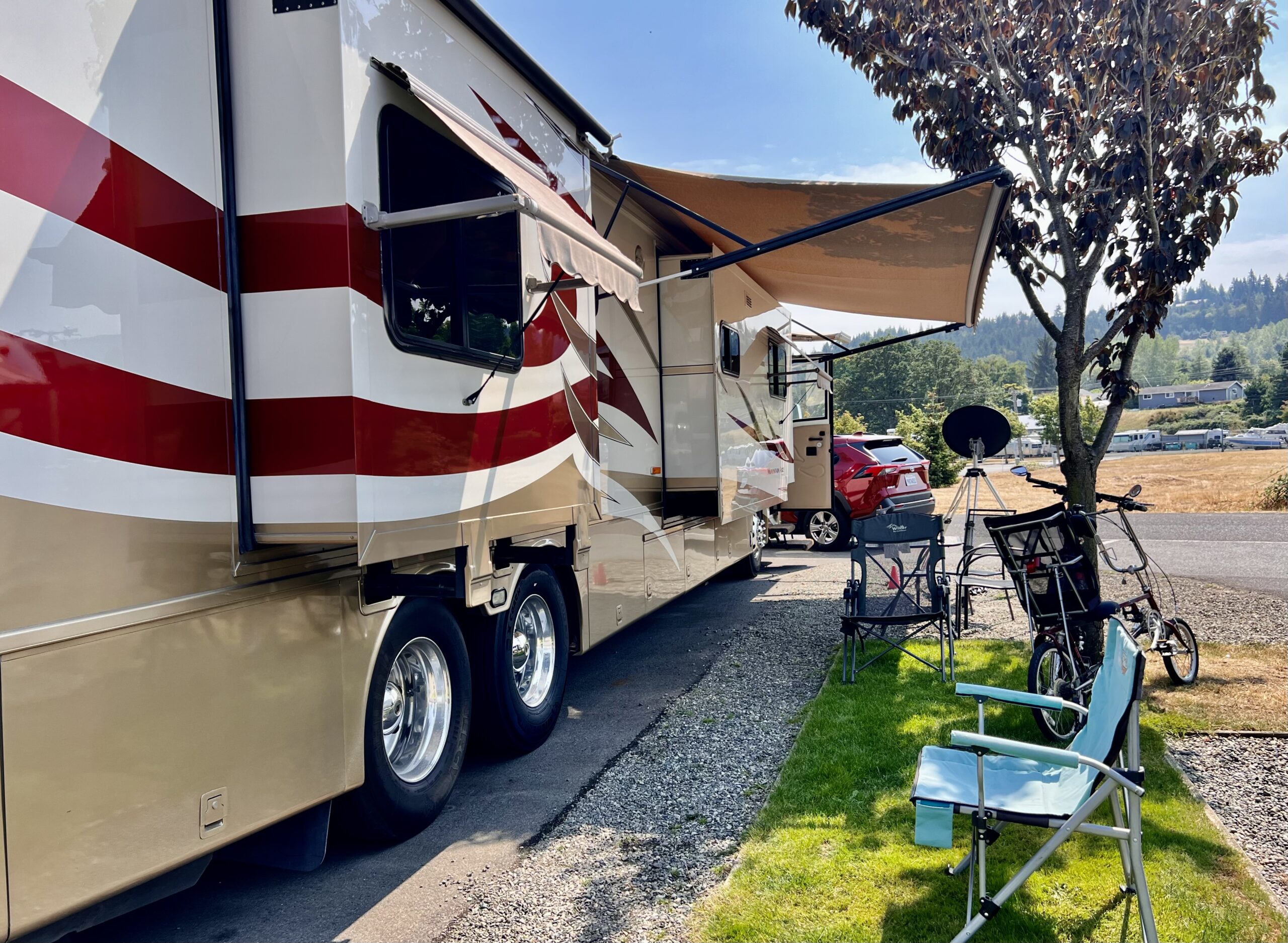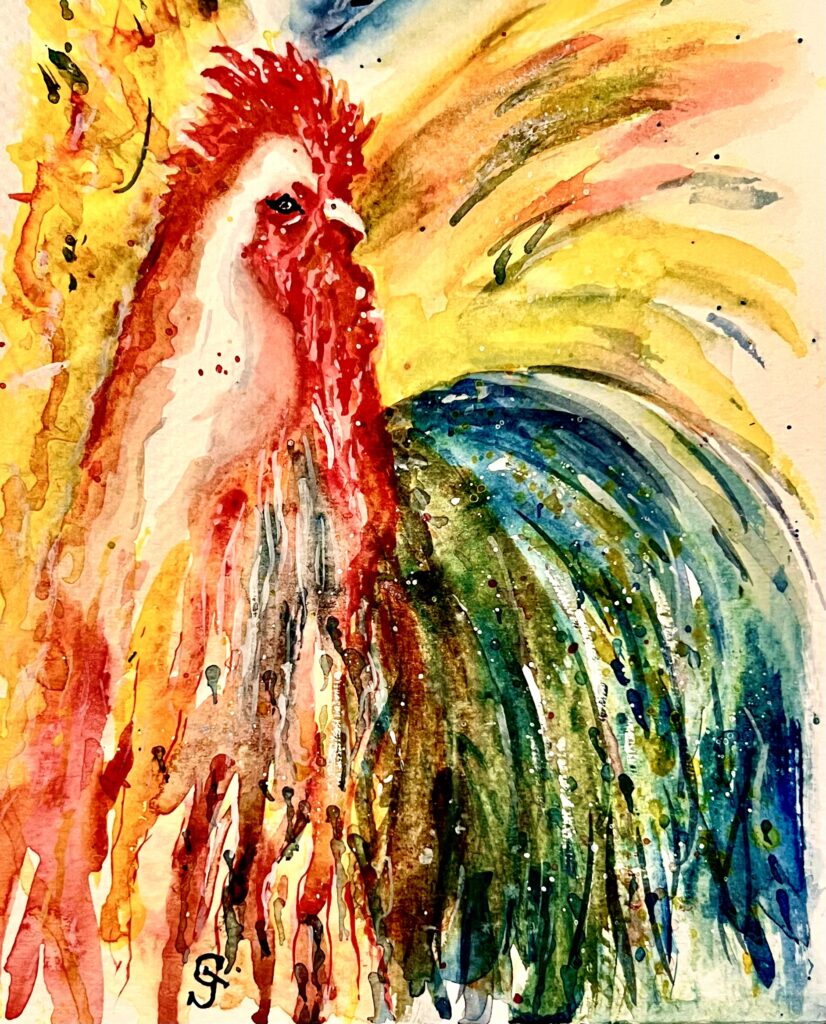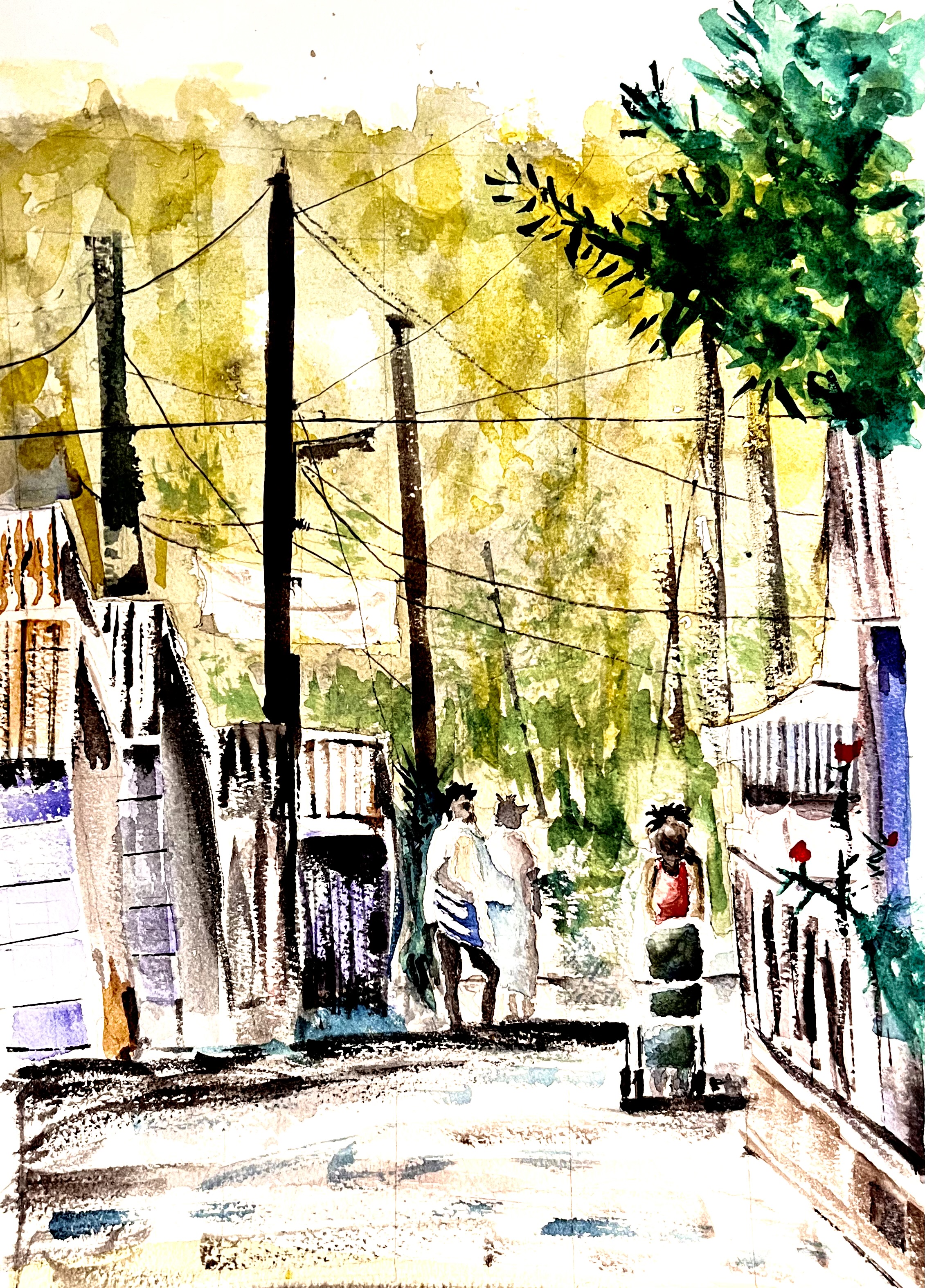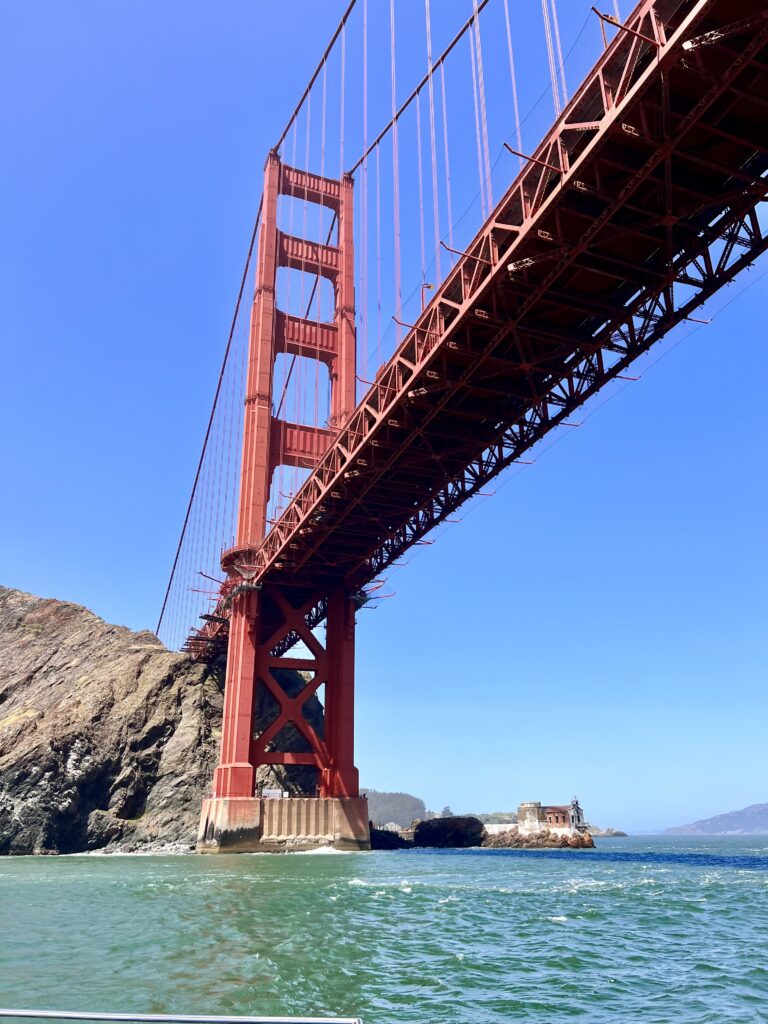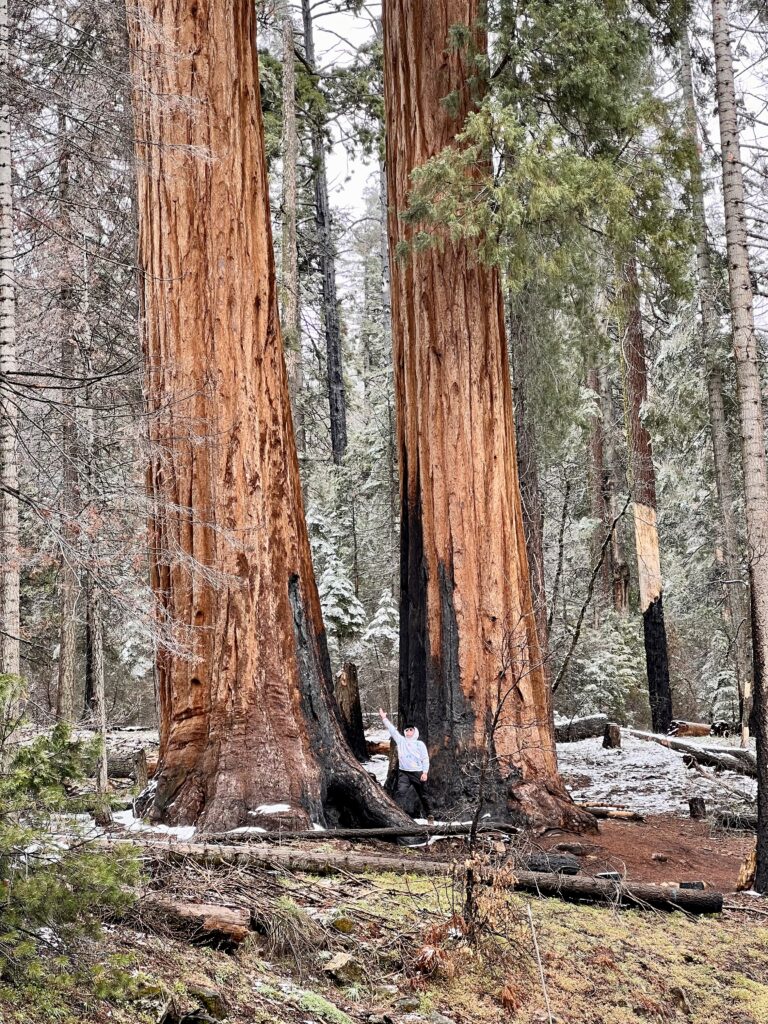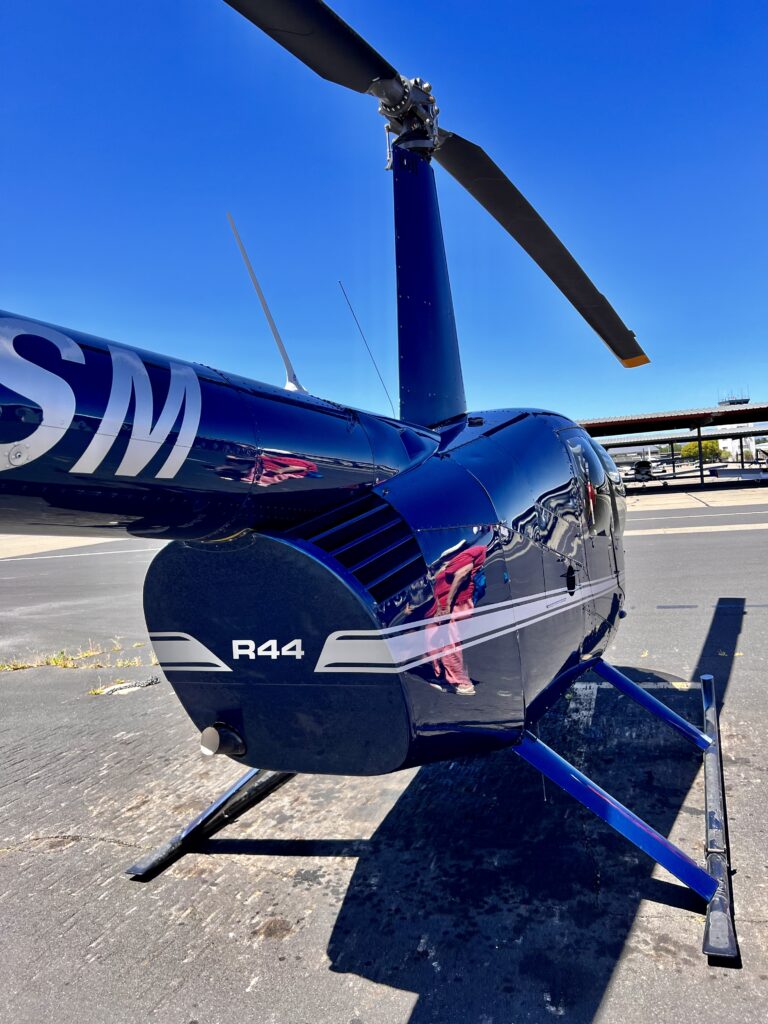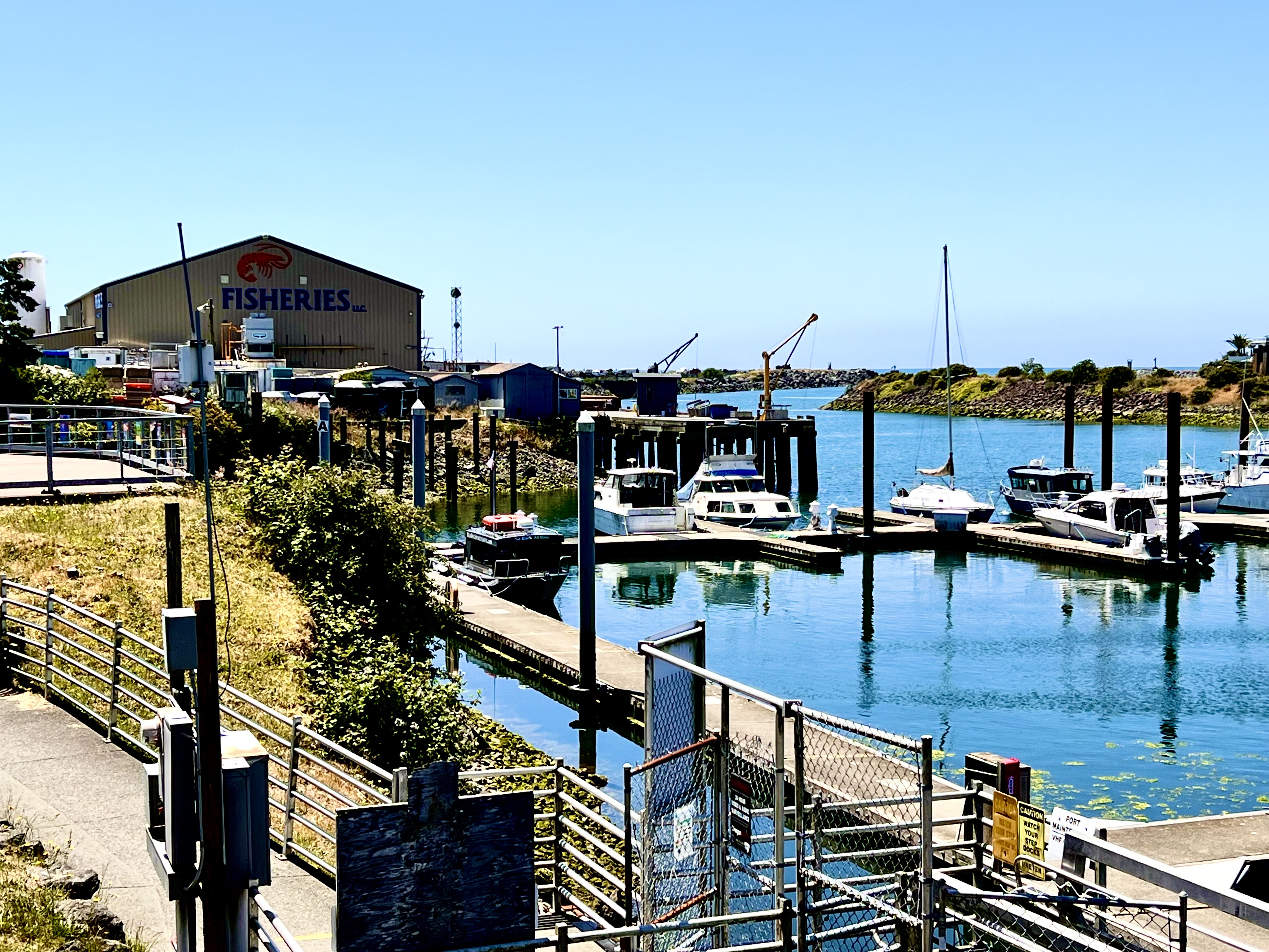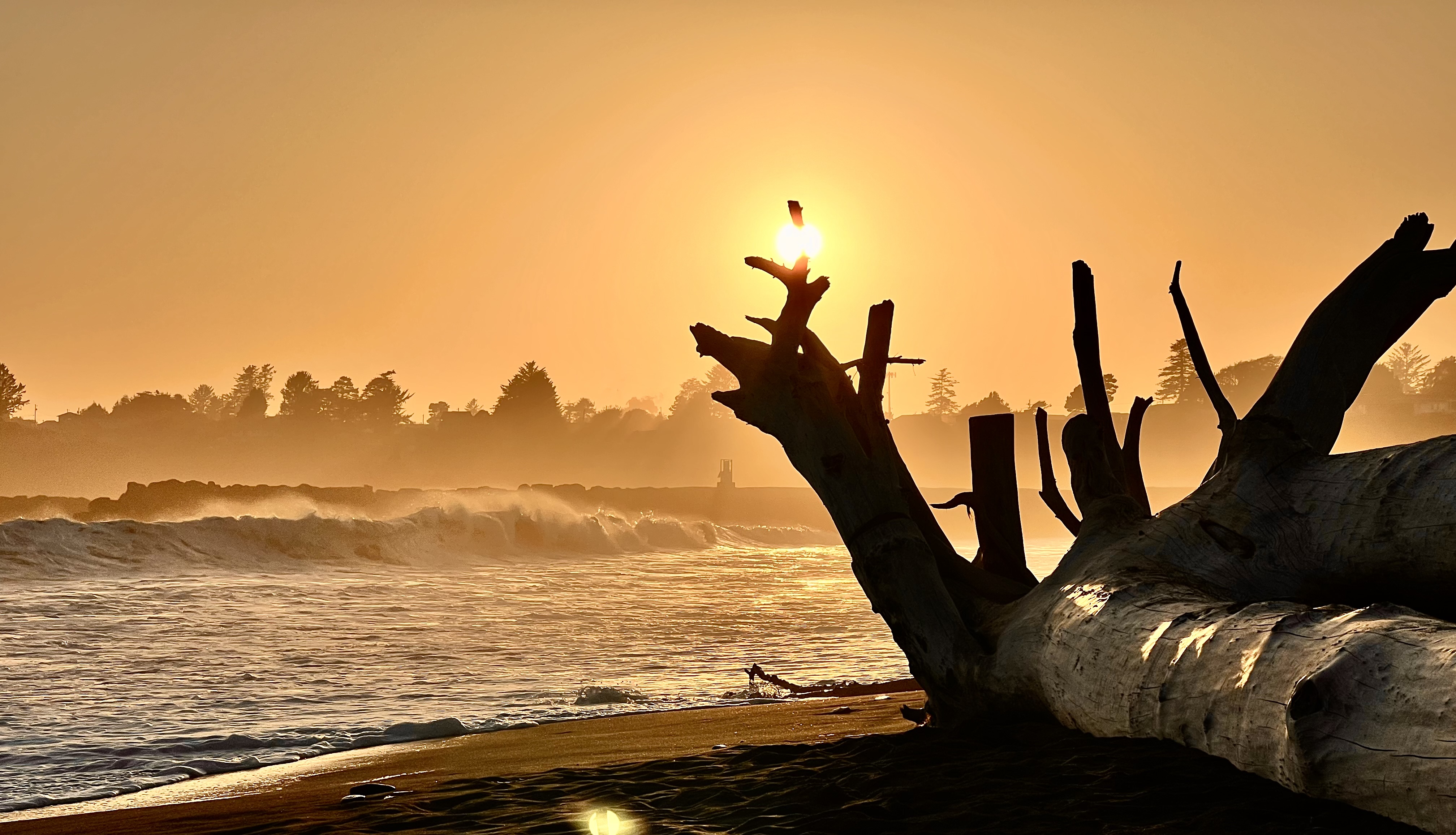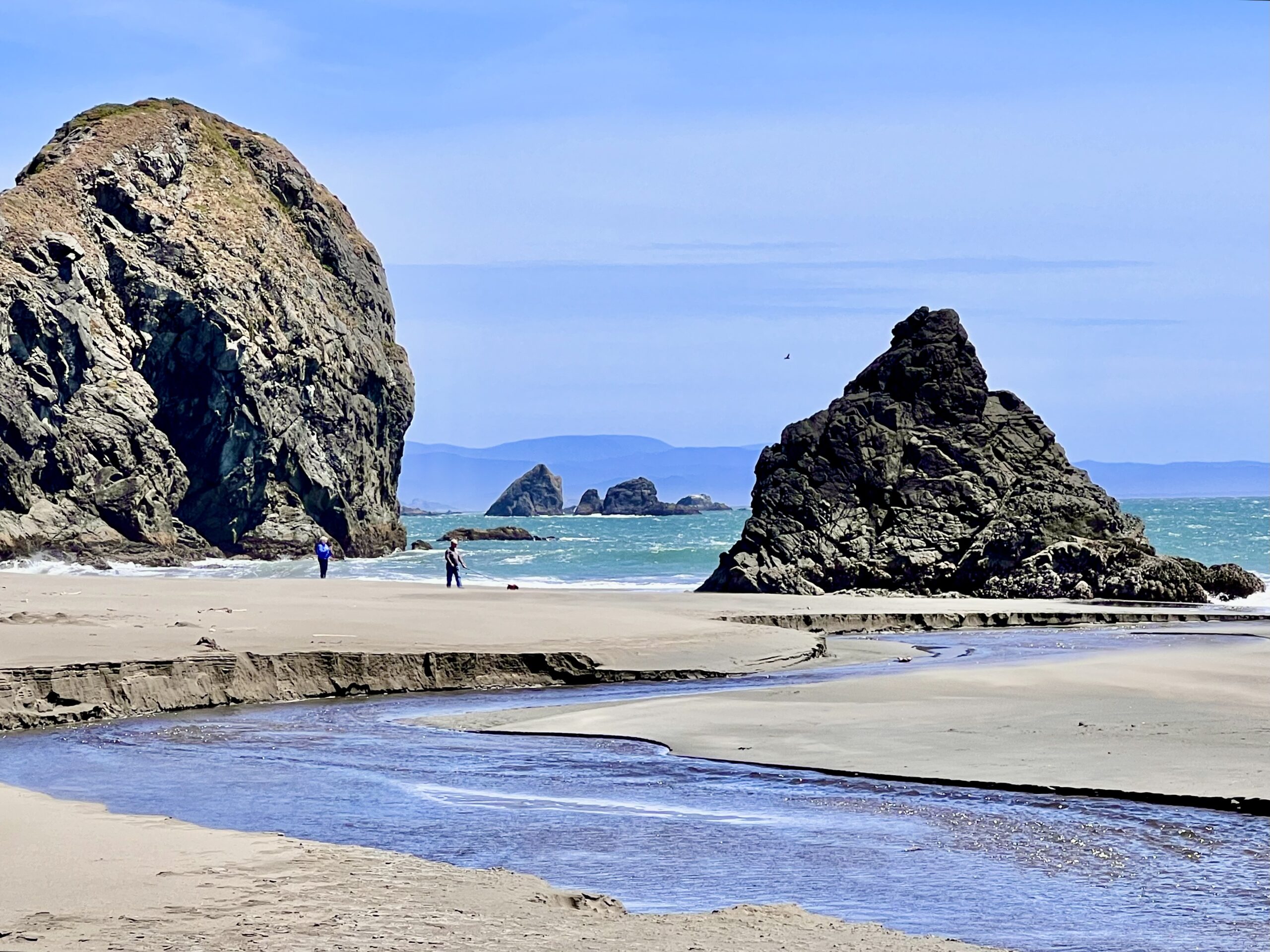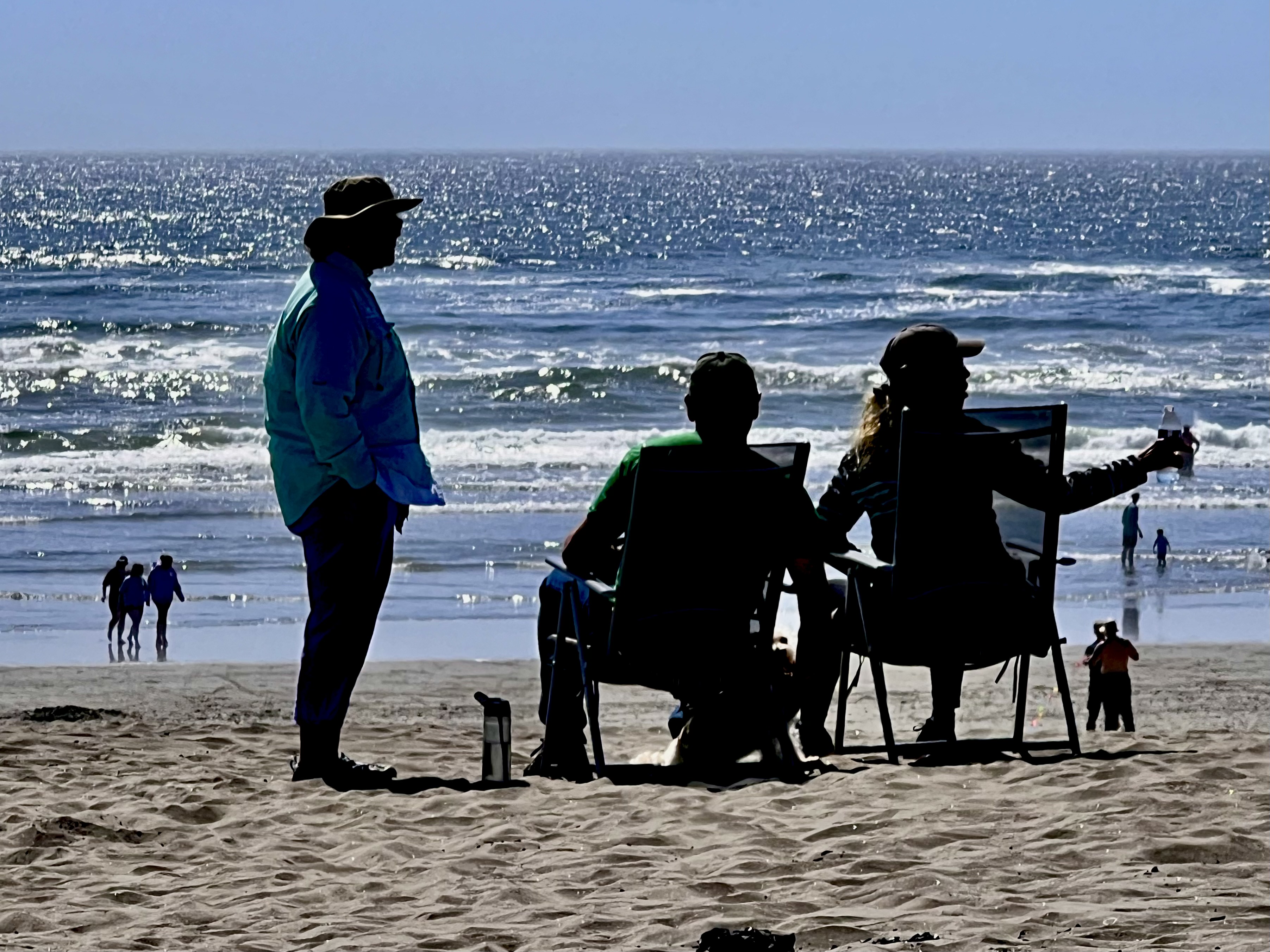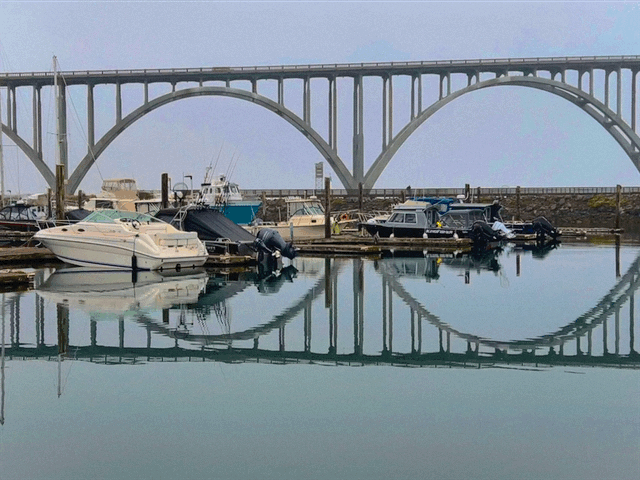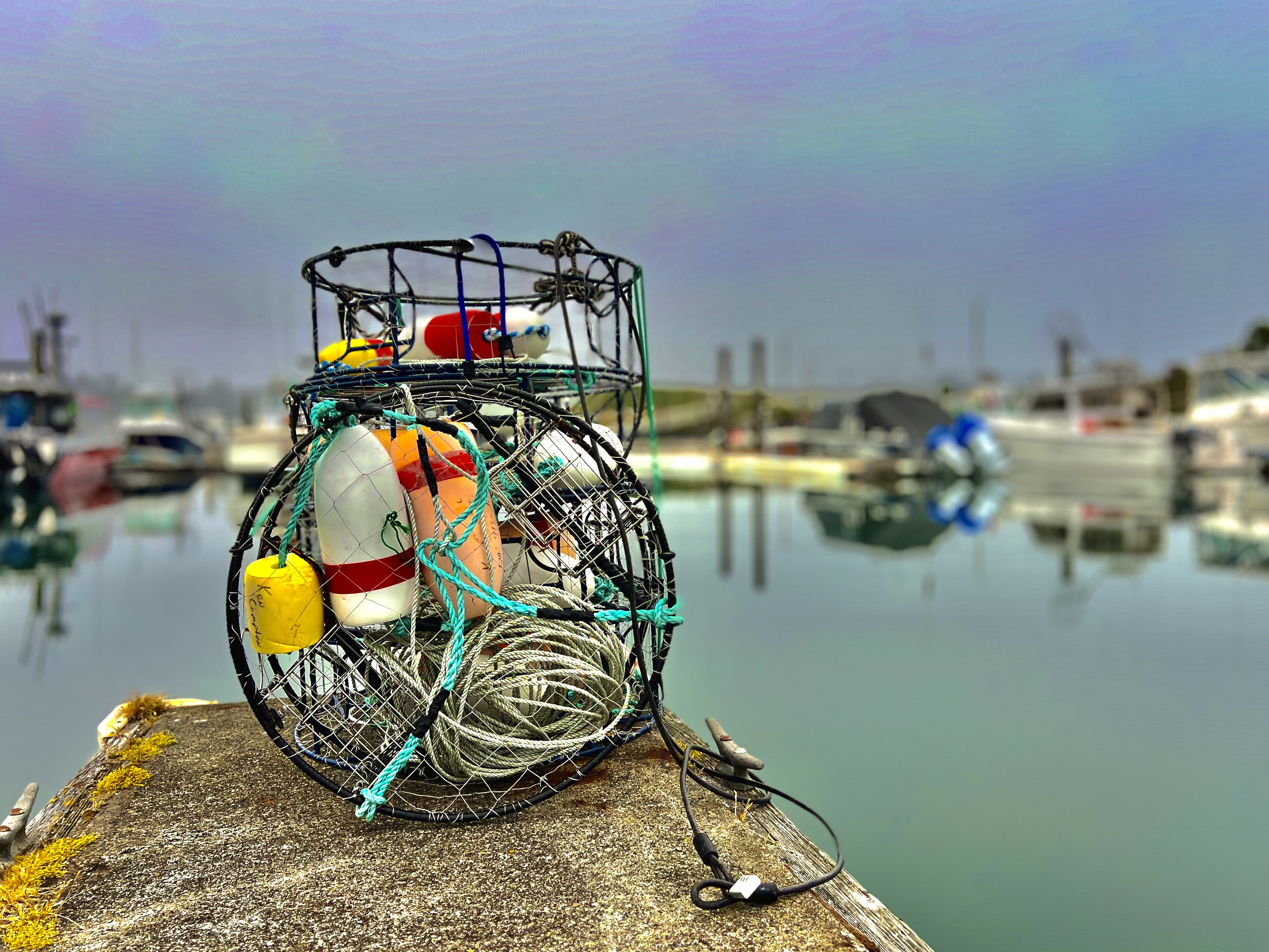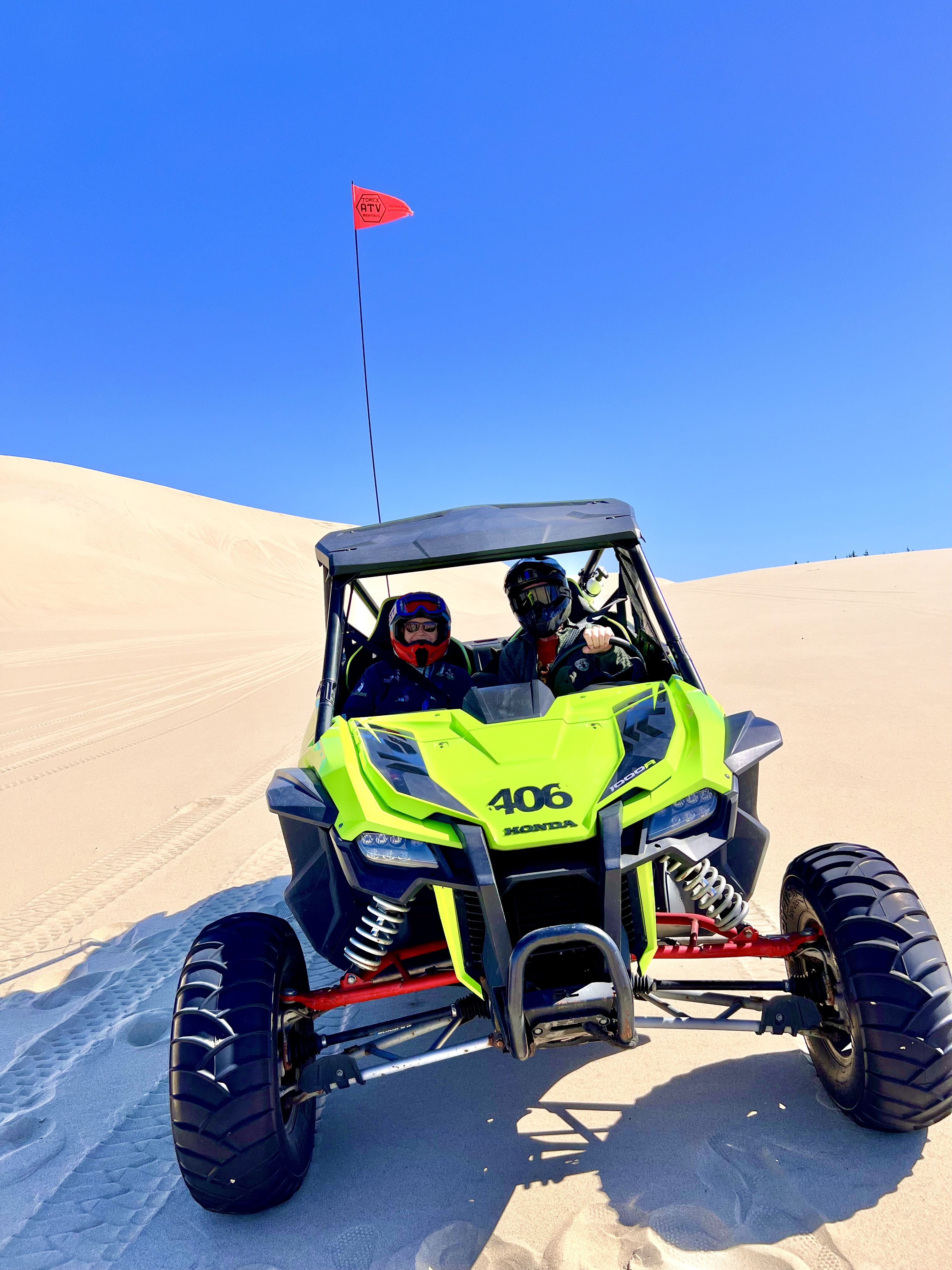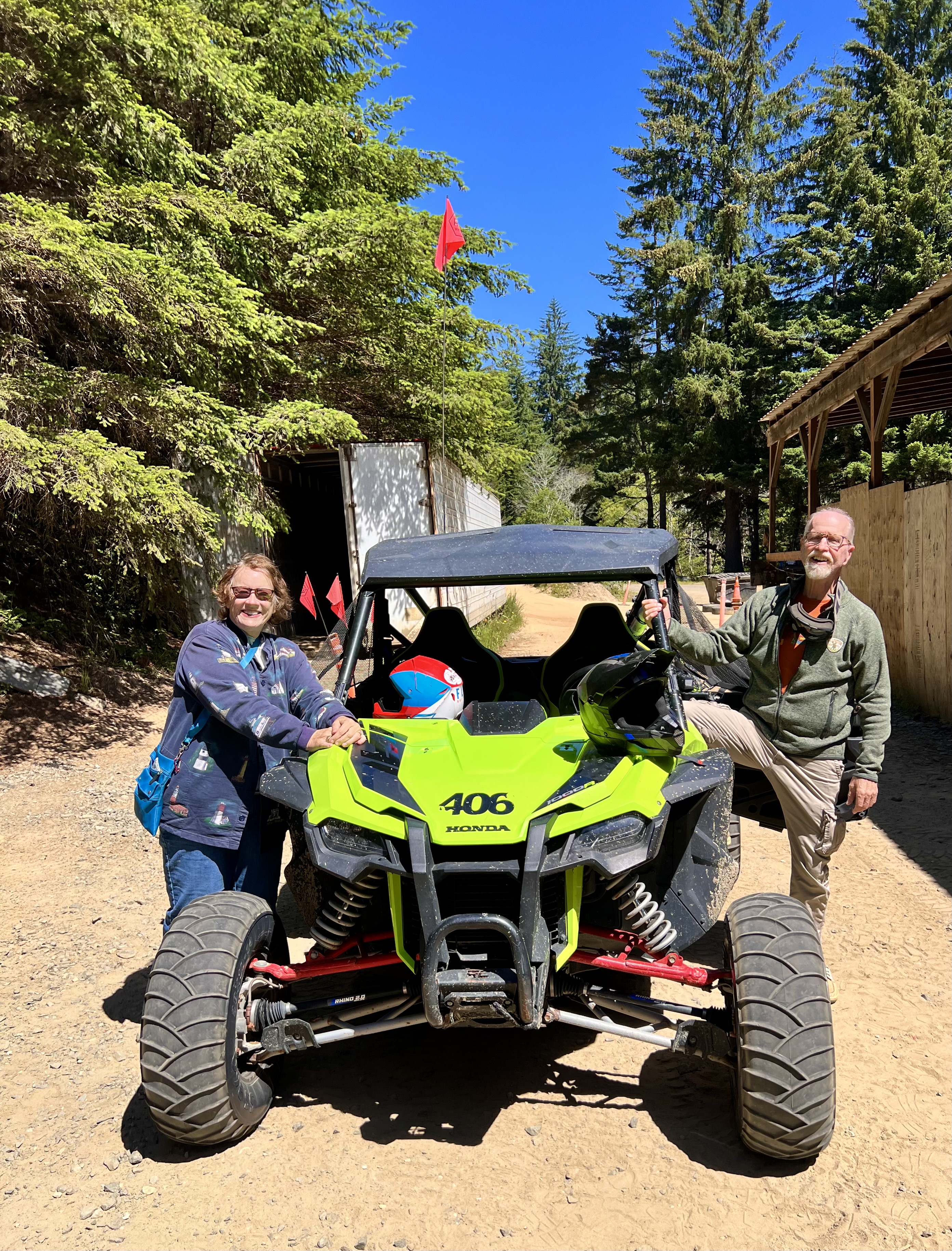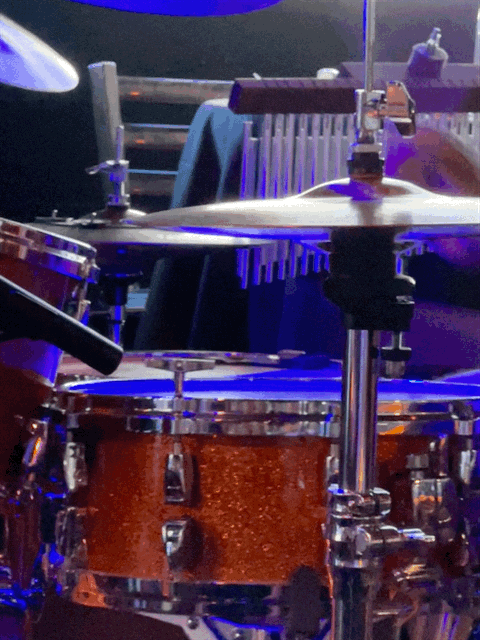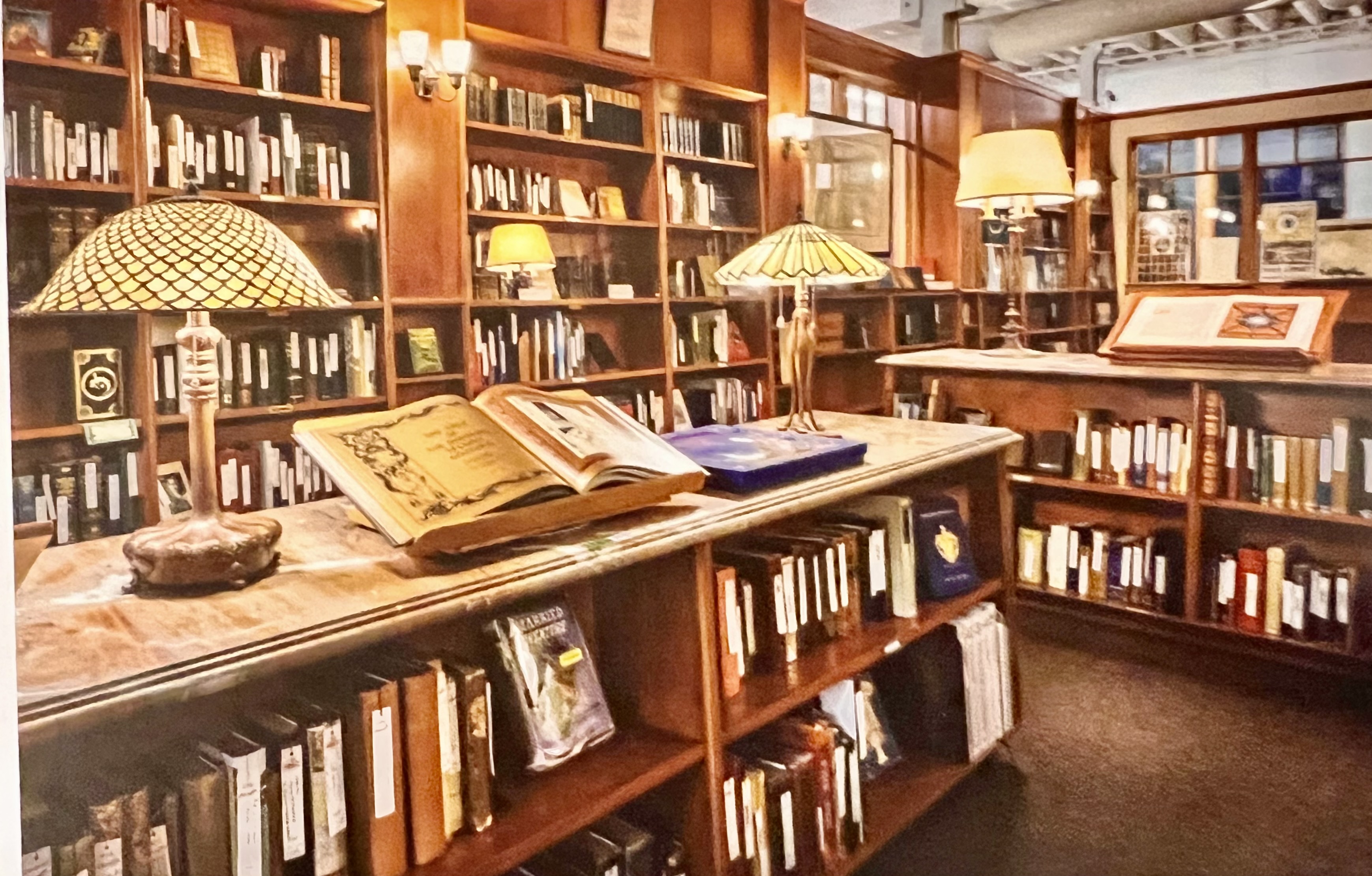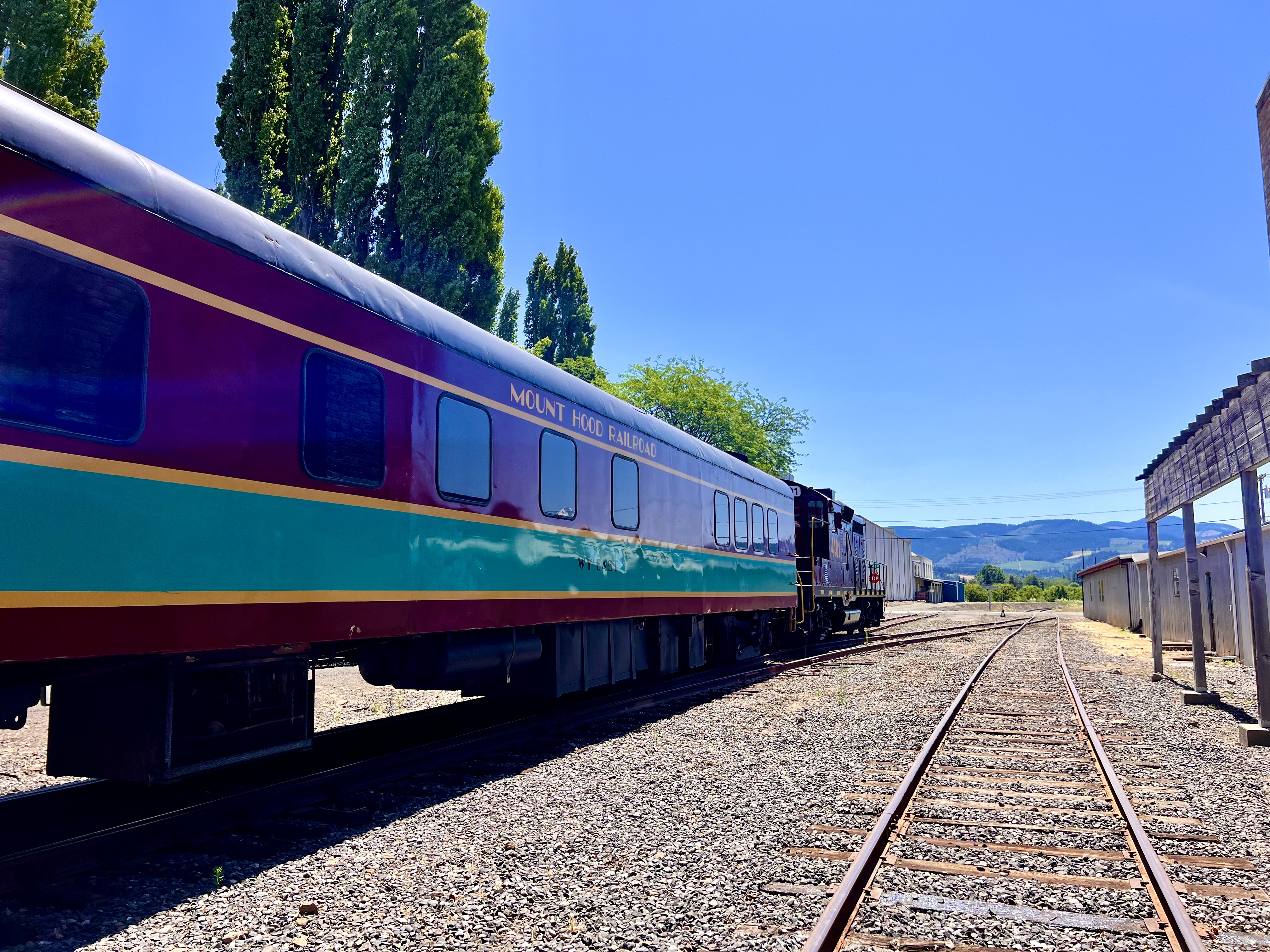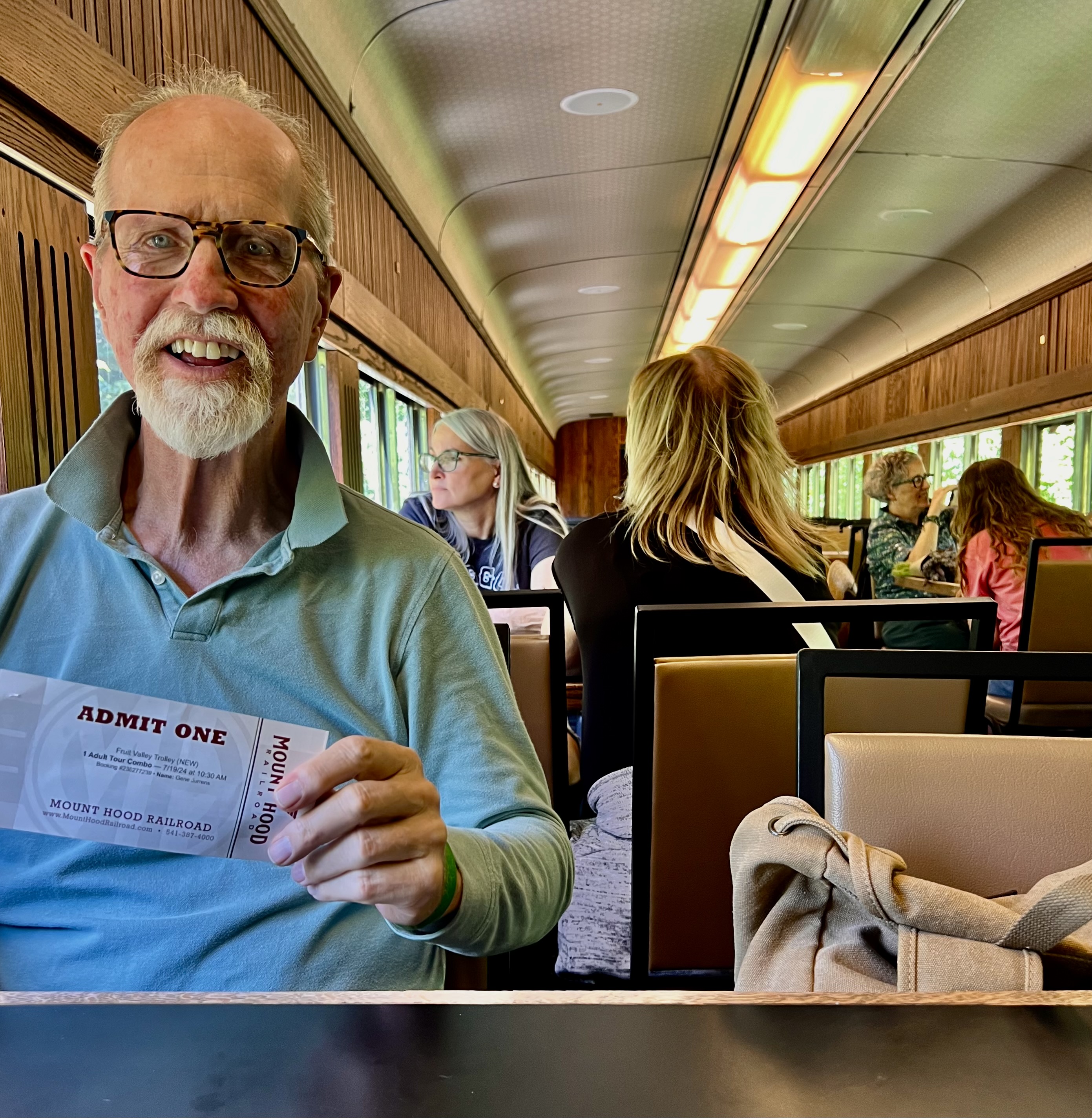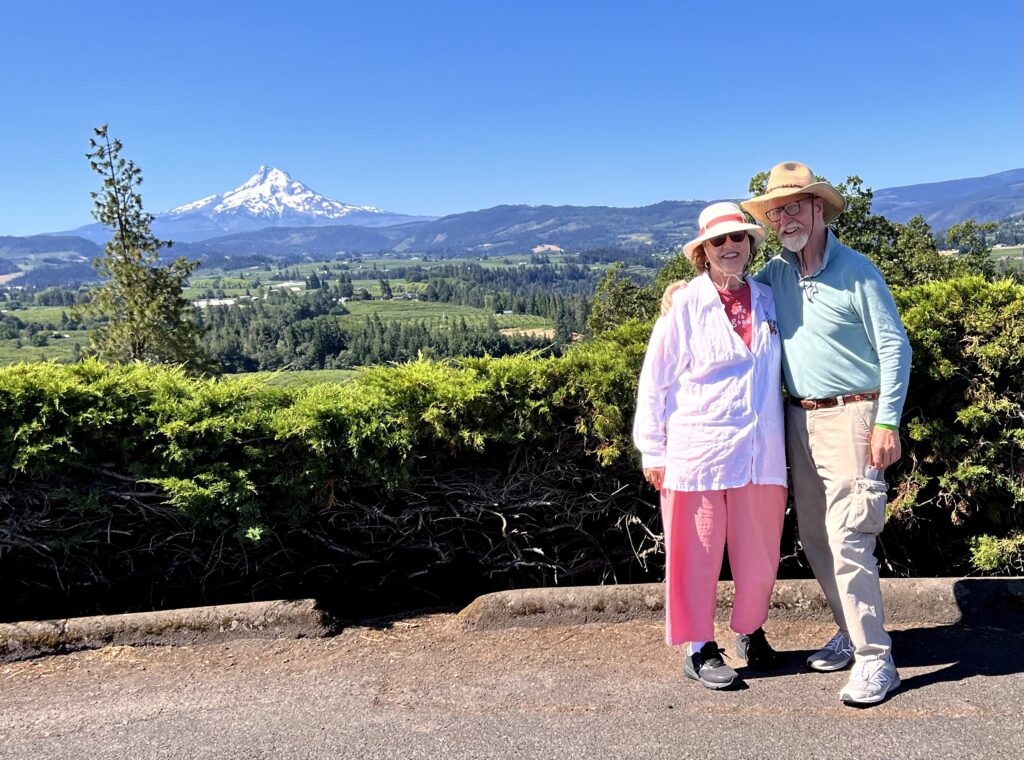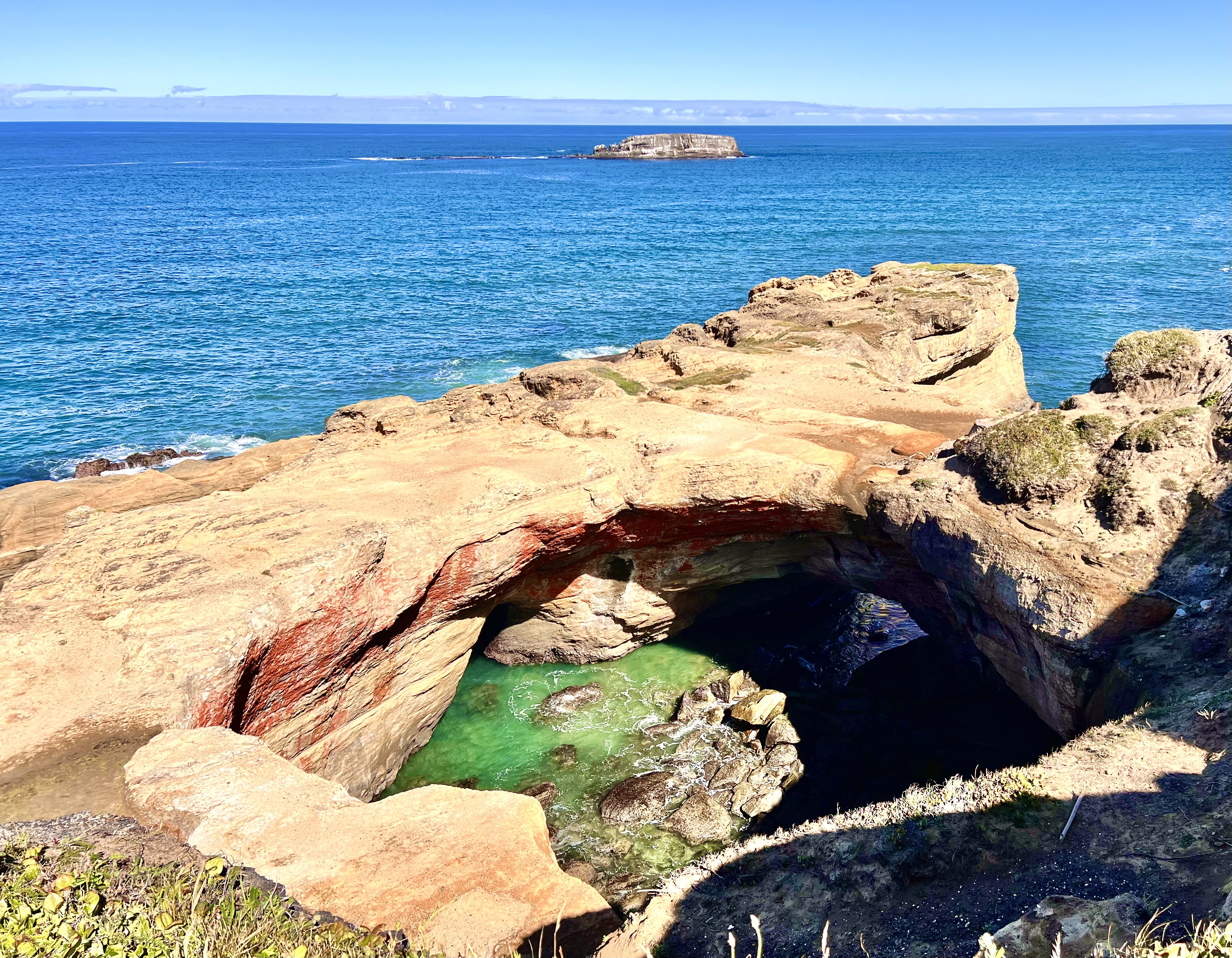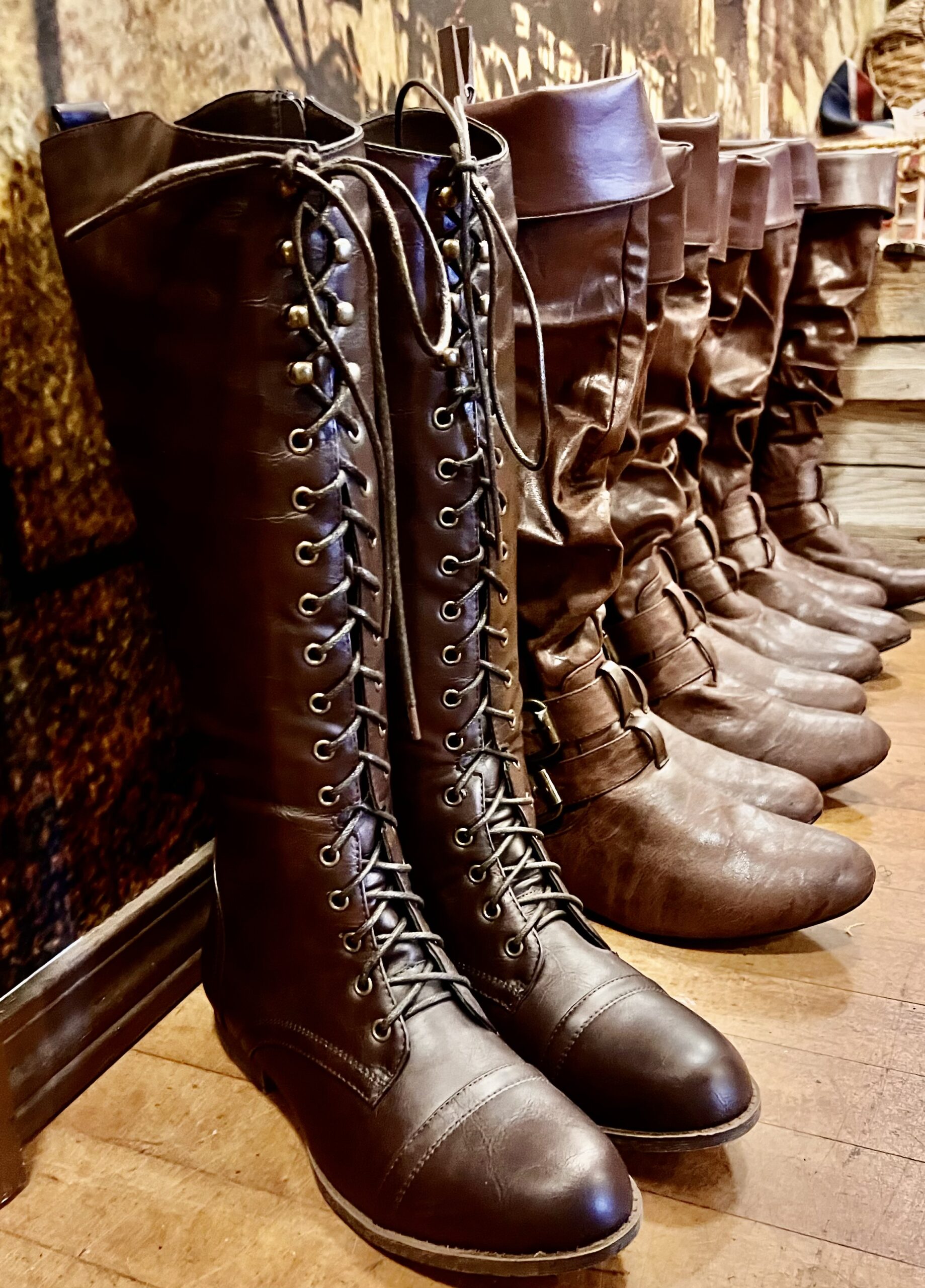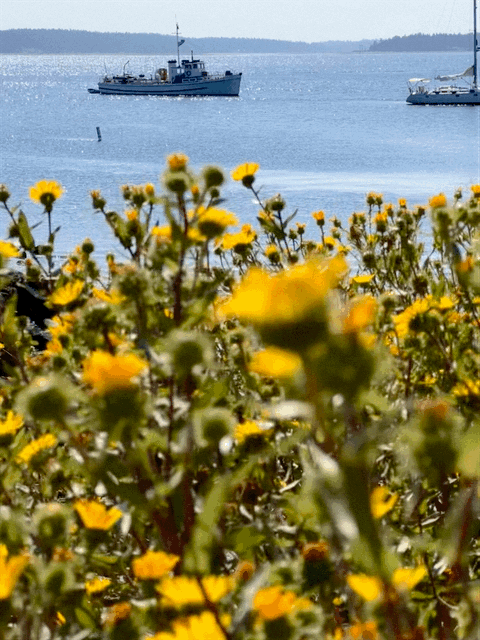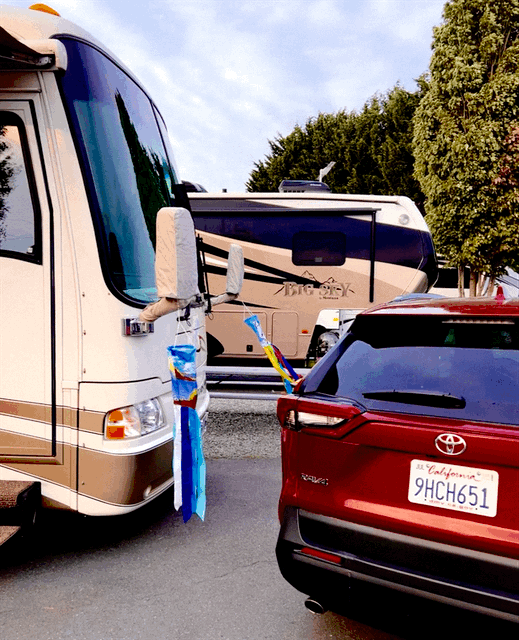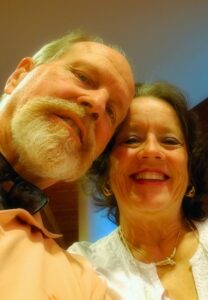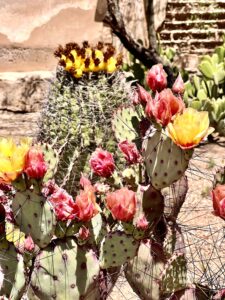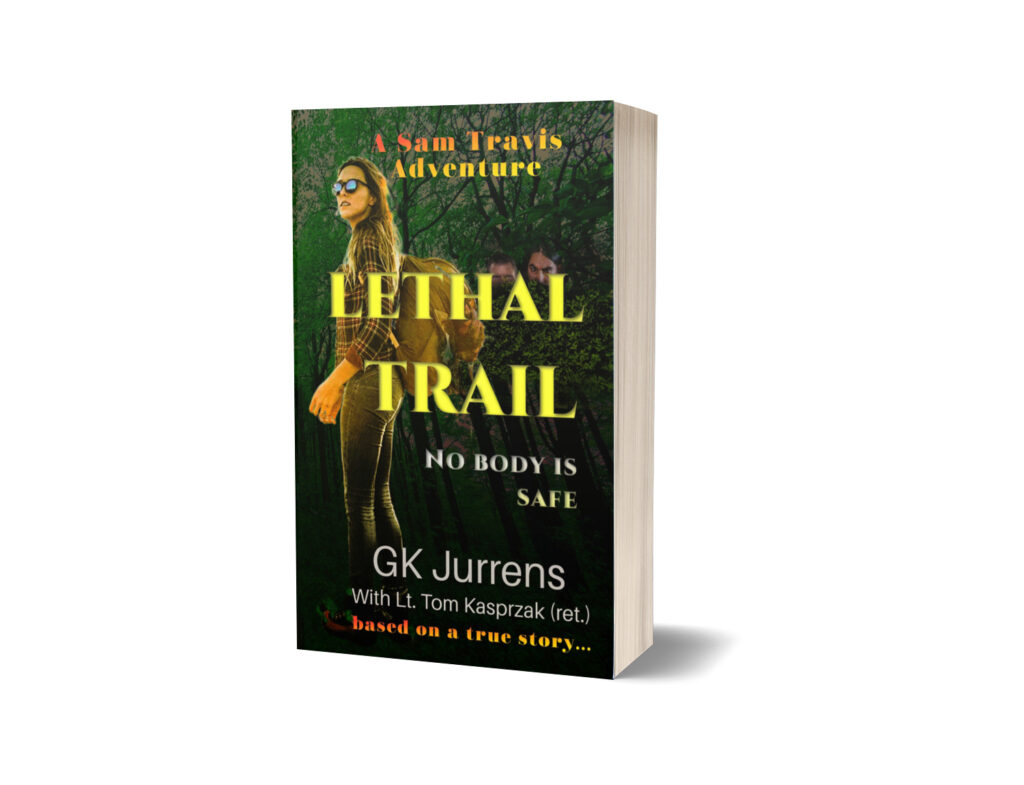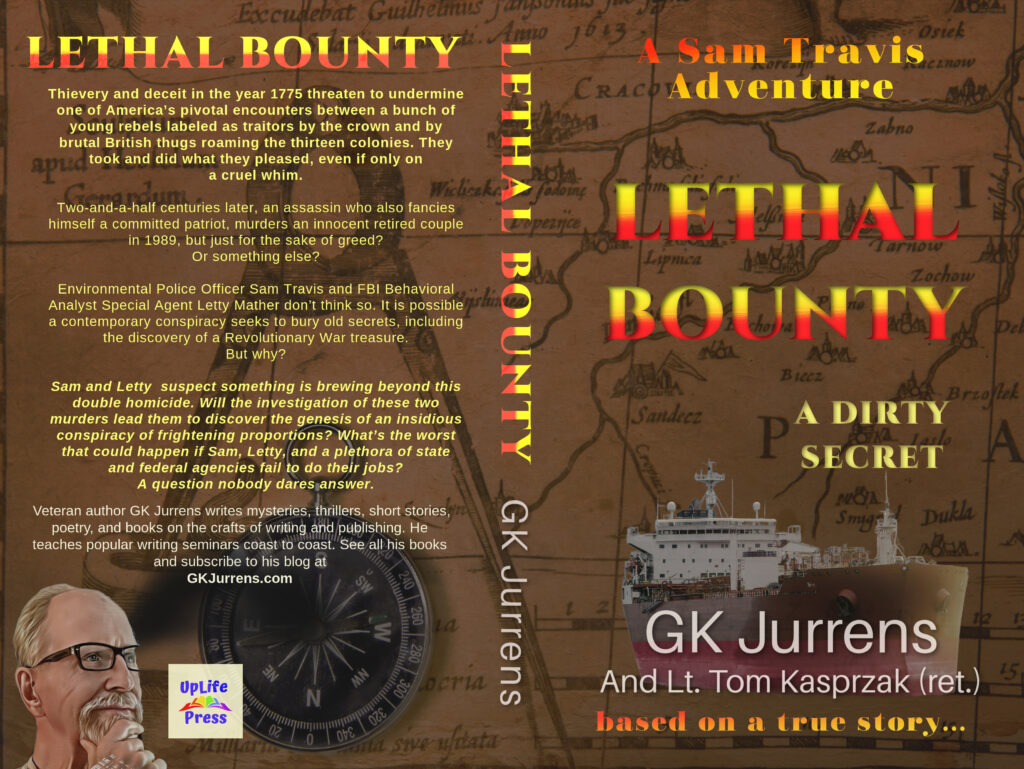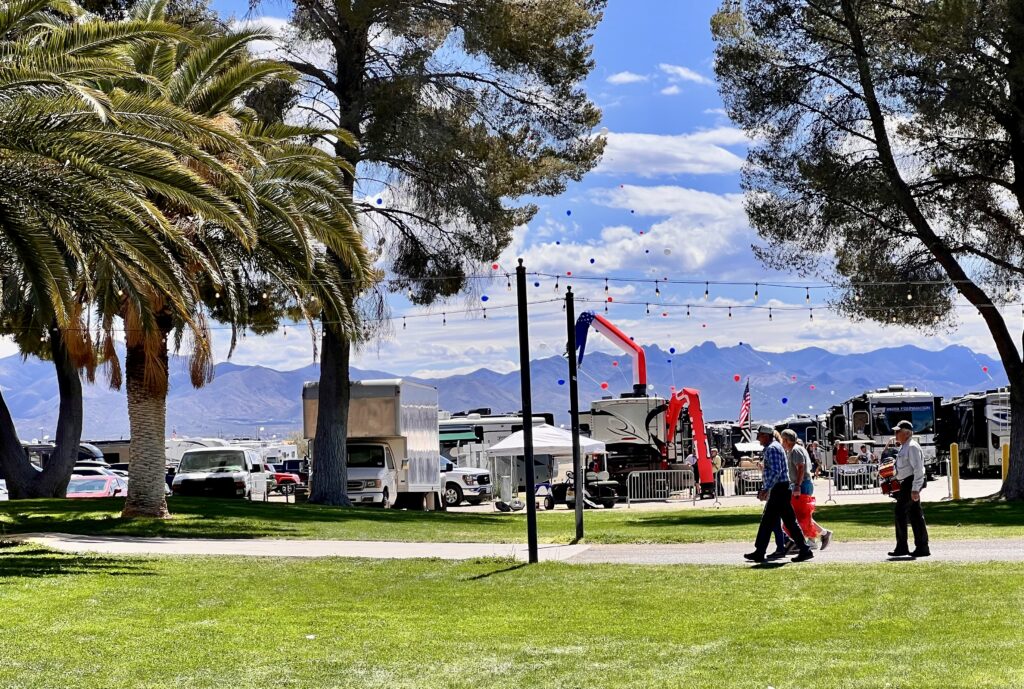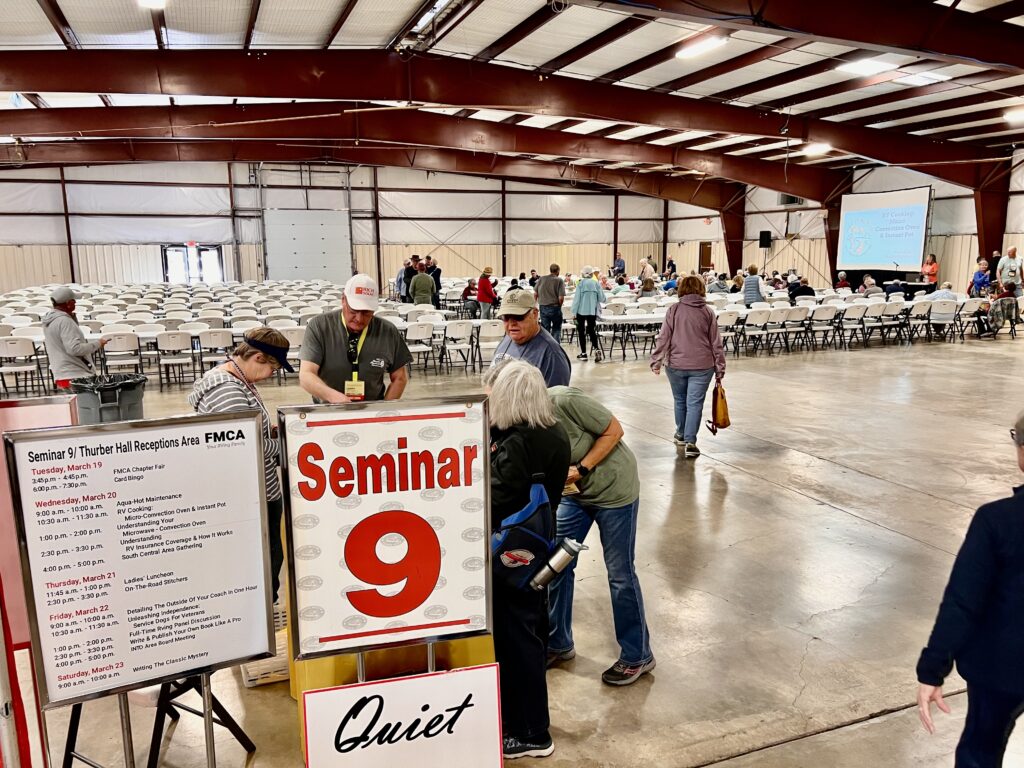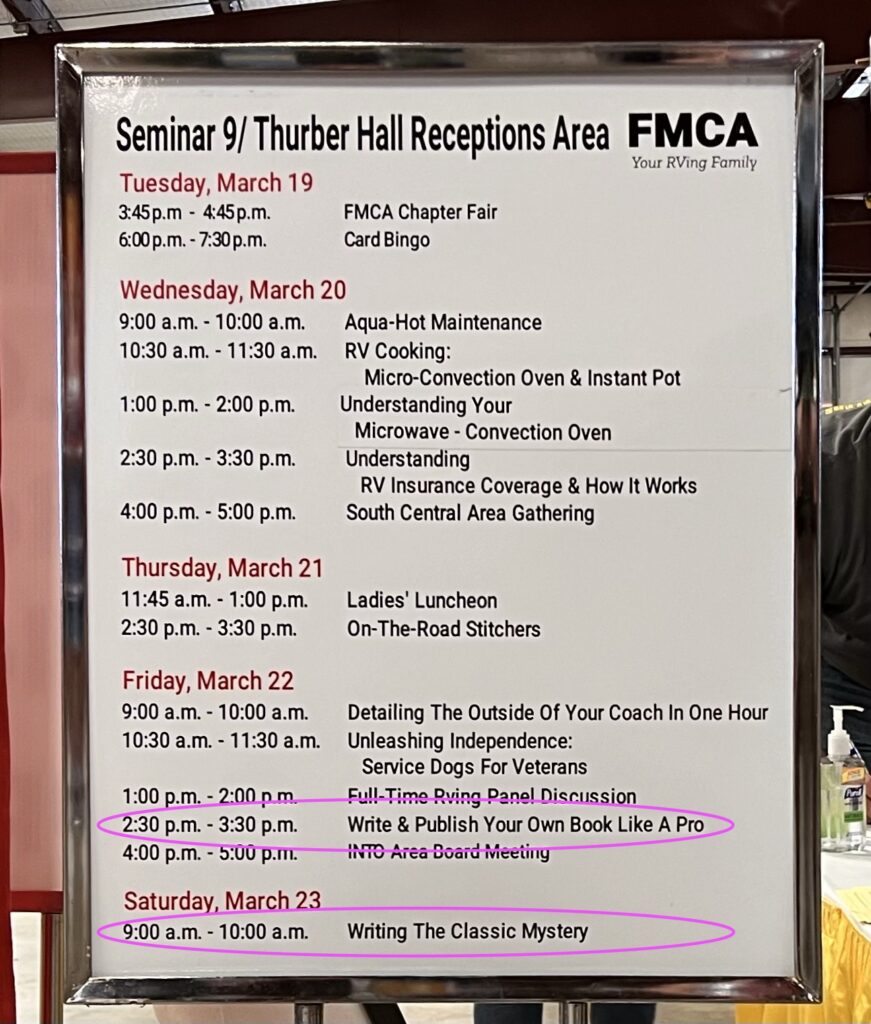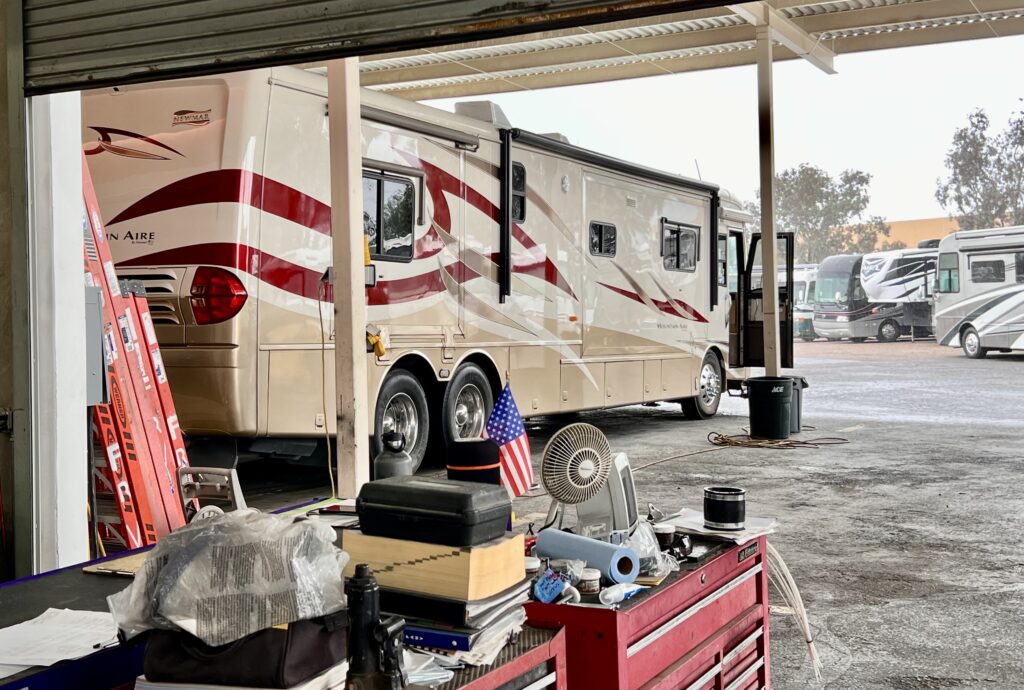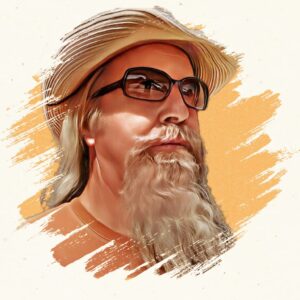
Party Like It’s 2025!
In this issue:
- Tucson Festival of Books
- Countdown to Relocating (Again)!
First, FYI: TWO Audiobook Editions of Rogue’s Gallery Coming (Regular & Deluxe)!
——> watch this space, and look for another Sam Travis adventure (#4) soon, too! <——

As you might already know, I recently published my latest (third) heart-pounding Aubrey Greigh Mystery, Rogue’s Gallery this fall in Kindle and paperback editions.
In my last post, I mentioned I was seriously considering something that is not business-as-usual in audiobook production: a “theatrical” edition that will feature not only a stellar narrator performing the script (me!), this edition will also feature tasteful, scene-specific background music, with cinematic sound effects as well.
I see this as an attractive niche to provide a more engaging listener experience. So, I am indeed producing this theatrical audiobook edition as an option for Rogue’s Gallery. I think you’ll love it.

I’ll be looking for a few reviewers to provide feedback in the near future.
So if you’re interested in a FREE edition to listen to and provide a few observations, please contact me at gjurrens@gkjurrens.com. But hurry, and only if you can dedicate the time to listening and reviewing! I will only have a limited number of U.S. & U.K. promo codes!
Yes, I’m still having an absolute blast mixing and producing this. It’s about 75% complete. Won’t be long now, kids!
1. Tucson Festival of Books Report!

If you’re not aware, this is the TFOB:
- The 2nd largest book festival in the country (in the world, maybe?),
- Typically >100,000 attendees (free admission) over one weekend,
- Dozens of ticketed venues (presentations & moderated panels),
- Millions of dollars raised for the community (non-profit),
- More than 200 year-round volunteers.
This two-day festival took place this last weekend at the University of Arizona campus in Tucson just 13 miles from where we currently park our home on wheels.
TFOB was particularly special to me this year for several reasons which may be of most interest to you authors or aspiring writers. For example:
- I’m not sure how many independently published (“indie”) authors wanted to participate in signing and selling books at TFOB (there is always a wait list – I was on it for last year’s festival), but only 200 of us were accepted this year. That’s determined by the amount of space available. The committee still accepted me even after reviewing my bio, two of my recently published mystery manuscripts, the entire list of my 21 published works, website/blog, and the gist of my rather opinionated social media accounts. This process started last July. So, yeah, this is a big deal for me.
- Of the 200 authors that “got in,” they selected only 13 authors to be “presenting indie authors,” that is, those of us selected to participate in panels across various genres before a ticketed audience.
- Of those 13 authors, 3 of us were accepted to participate in a panel within the mystery genre.
- Even though our session was scheduled at the very same time as the inestimable Maureen Dowd, world-famous opinion columnist for the New York Times, we still drew a standing-room-only crowd in a room whose seated capacity was 110.
My insatiable ego needs this sort of periodic nurturing, y’all, and yes, I am still a work in progress.
The perks available to presenting authors also impressed me (great job, indie committee!):
- On Friday, the day preceding my panel, the committee provided me with a coveted Second Street Garage parking pass, adjacent to the U of A Student Union, the venue for our panel on Saturday. This may not sound like a huge deal, but when “schlepping” maybe a hundred pounds of books, a banner, my point-of-sale terminal, and about a gallon of drinking water in my collapsible canvas wagon around this huge campus, proximity was my friend. And did they ever scrutinize my parking pass before allowing me and the Jeep entry! You’d think I was trying to cross the border into the U.S.!
- I was to proceed to “Author Hospitality” where my credentials were checked. I offered my birth certificate, but that was unnecessary. I’d meet my panel moderator for the first time and/or my volunteer guide to direct me to our speaking venue, also in the huge student union (close by).
- Author Hospitality? Very nice, indeed. Complimentary coffee, tea, pastries, boxed lunches (even vegetarian!), a secure place to store my inventory while I explored the festival a bit, or sat on the patio people watching. I texted one of my fellow panelists, also a mystery author: “Look for the olive drab Fedora atop a ghost-white goatee. I’ll be on the patio.” Like we were undercover! Nancy (see below) even knew what a Fedora is (old-fashioned brimmed hat for you youngsters)!
- I was indeed delighted to meet Nancy Nau Sullivan, one of my fellow panel members. She is a fascinating author of cozy mysteries. I know we will continue to be friends. She uses a publisher, and offered me several valuable tips, both there in Author Hospitality, and later Saturday night at a Happy Hour. Say what, Mr. Recovering Alcoholic and vegetarian? Nancy, we must talk more about your Peace Corps experience in Argentina, Mexico, Viet Nam, and… Ireland? ¡Disfruté mucho pasar tiempo contigo, mi nueva amiga!
- I also very much enjoyed meeting another indie author from our panel, Chris Jansmann, an extremely articulate author who writes in the first-person narrative with aplomb. After the panel, we discussed its pros/cons versus my third-person narratives. Plus, his rather unique penchants for Olympic swimmer training and model railroads as a basis for his mysteries? Dude, you rock!
- Yes, this is the very first year of what’s being called the “Re-imagined Indie Author Experience” at TFOB. For the first time ever, select indie authors were invited to present as part of genre-specific panels, and presenting indie authors were invited to a happy hour hosted for all authors, including some hard-core veterans of the industry. I didn’t collect names, just pointers, sentiments, etc. An awesome experience for this little fish in that big pond in the desert! I drank or ate nothing. Too busy mingling, talking, and most of all, listening.
- Kudos to Hilary Hamlin, Nancy Thompson & Pamela Clarridge, indie author co-chairs for the festival, for being crazy enough to select this uber-opinionated scribe! Hilary & Nancy, I especially enjoyed getting to know both of you this weekend! Also, thanks to Jo Perry, our panel moderator. I had never met a noir author before. Jo, you did not disappoint. I still wanna find out how you know Eric Idle!
Oh, did I mention I was approached by a German publisher who is looking to expand their portfolio into U.S. mysteries? Just in passing, but she took my info. We’ll see.
I am so glad to have participated in this event. Overall, three exhausting but exhilarating days of possibilities!
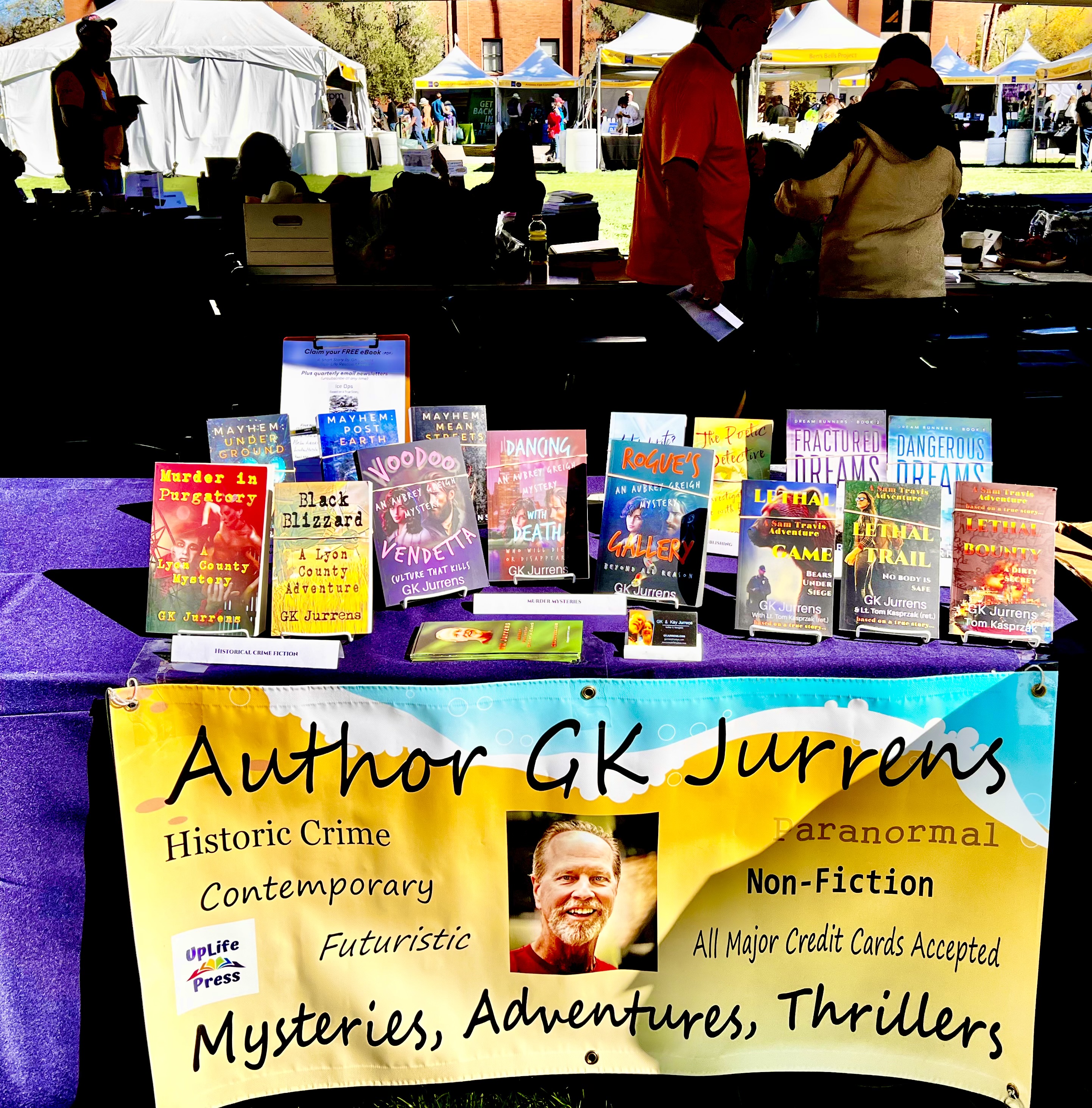
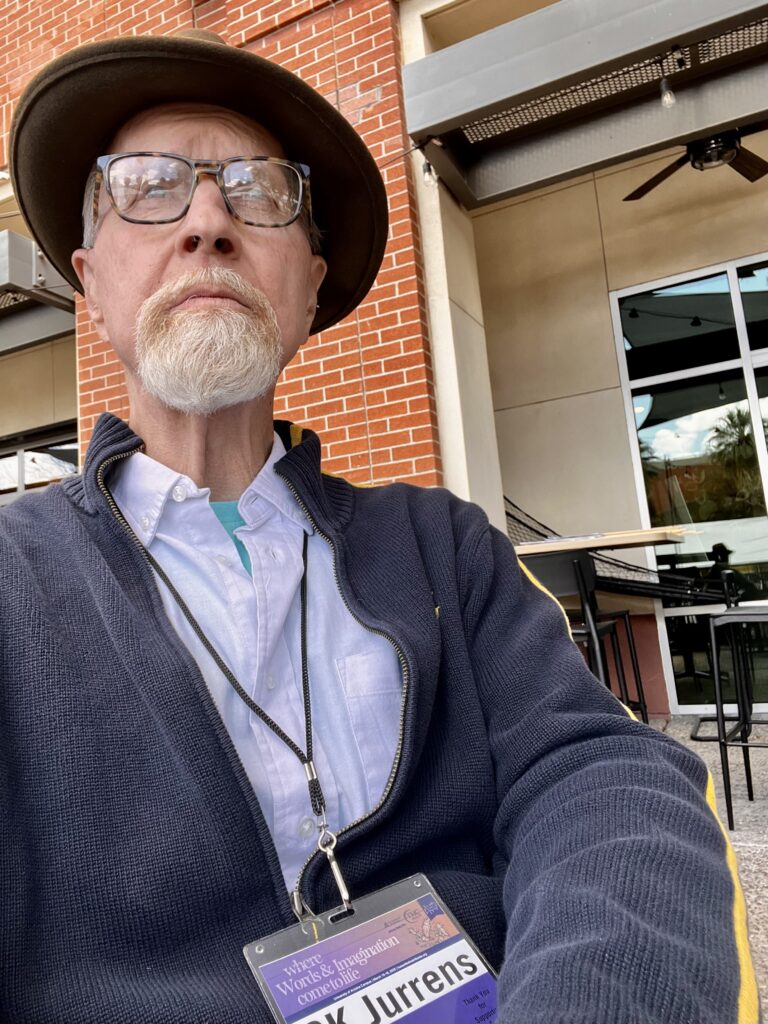
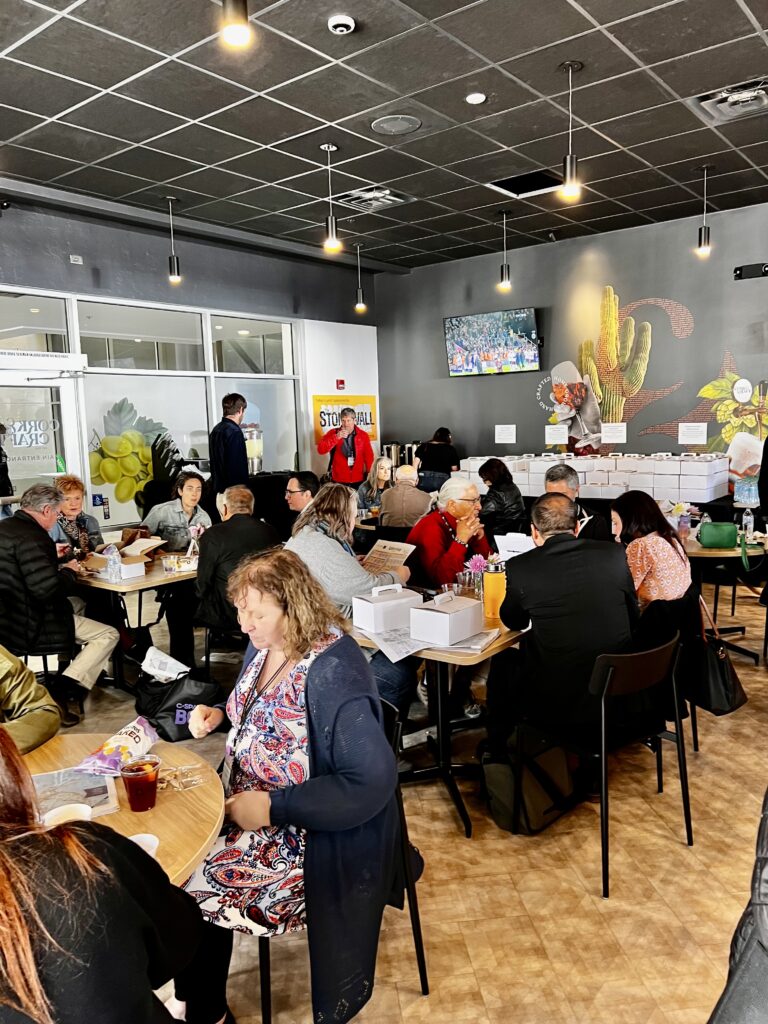

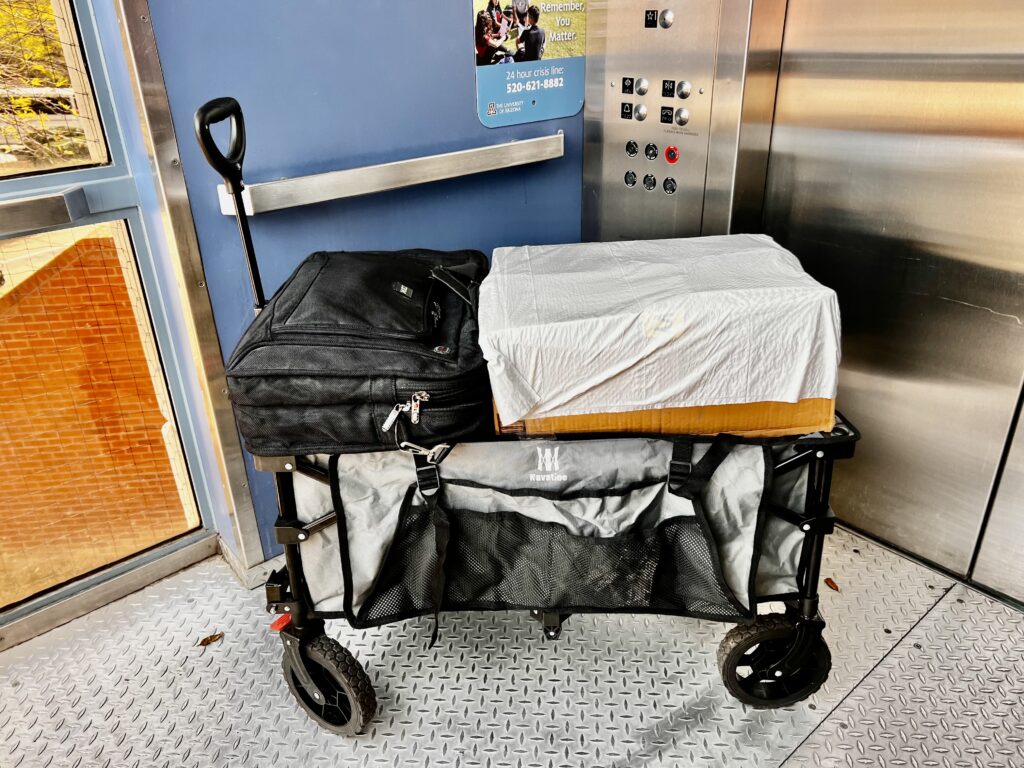
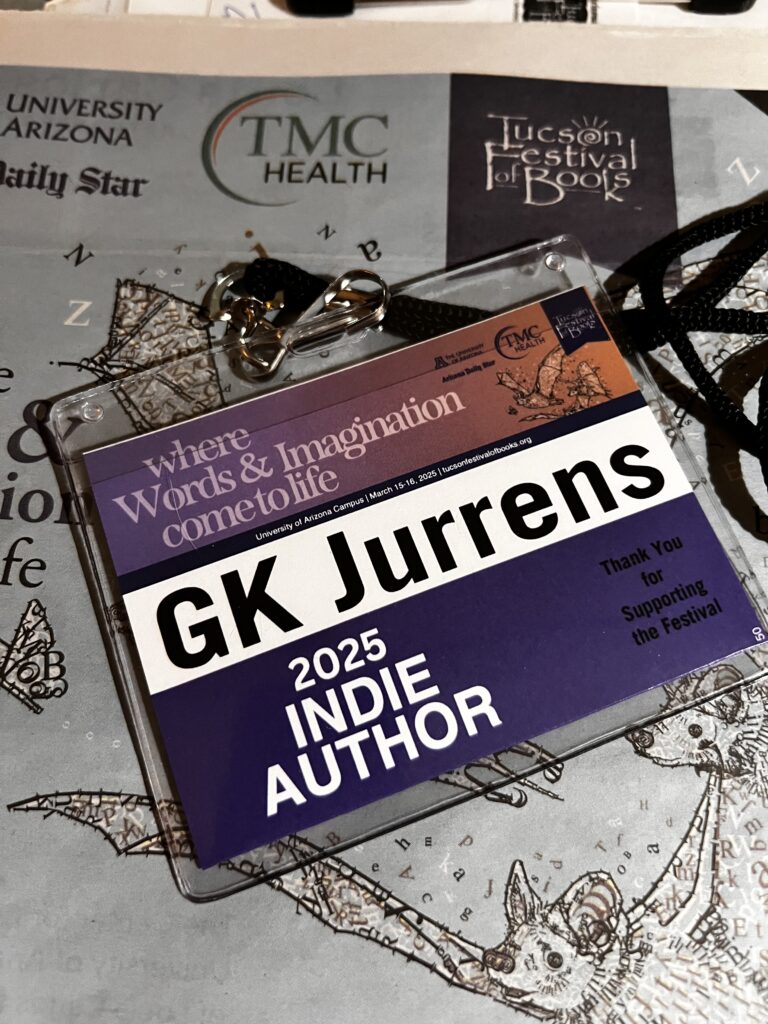
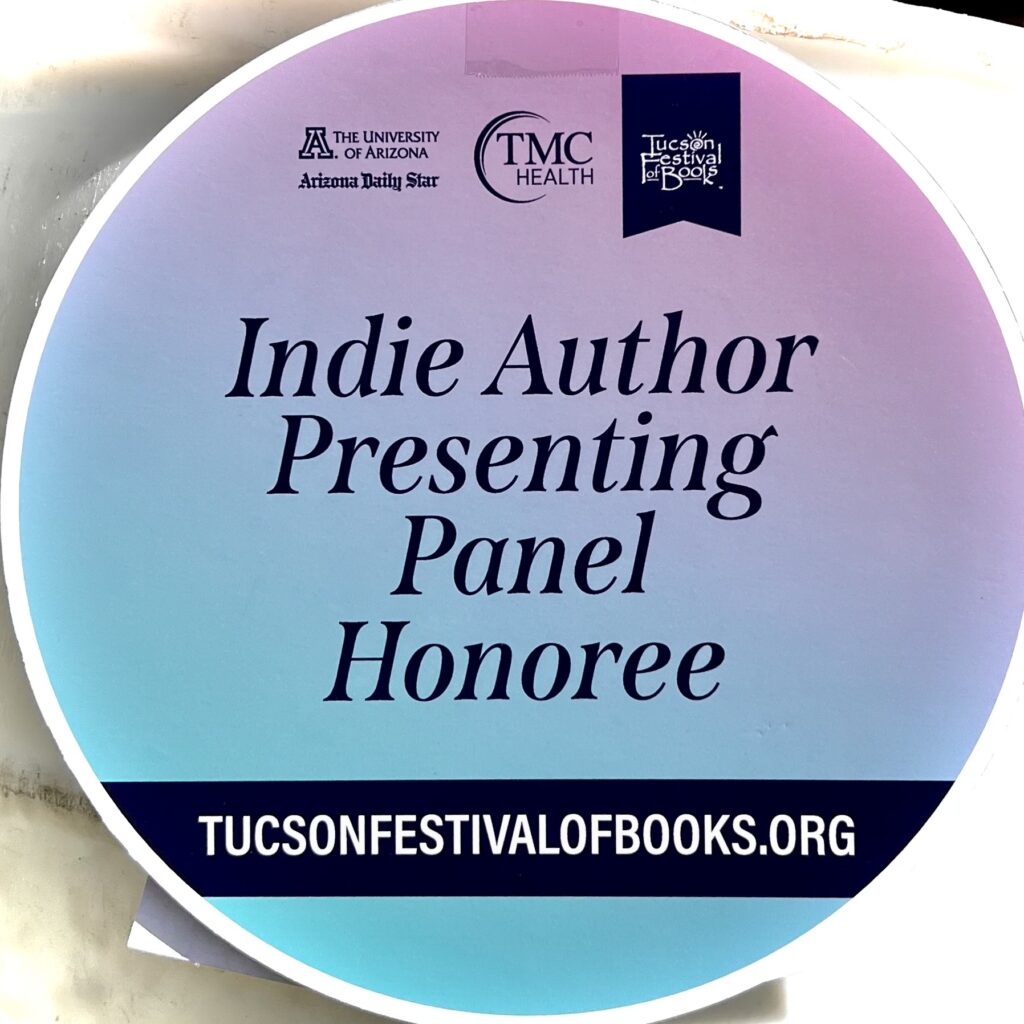
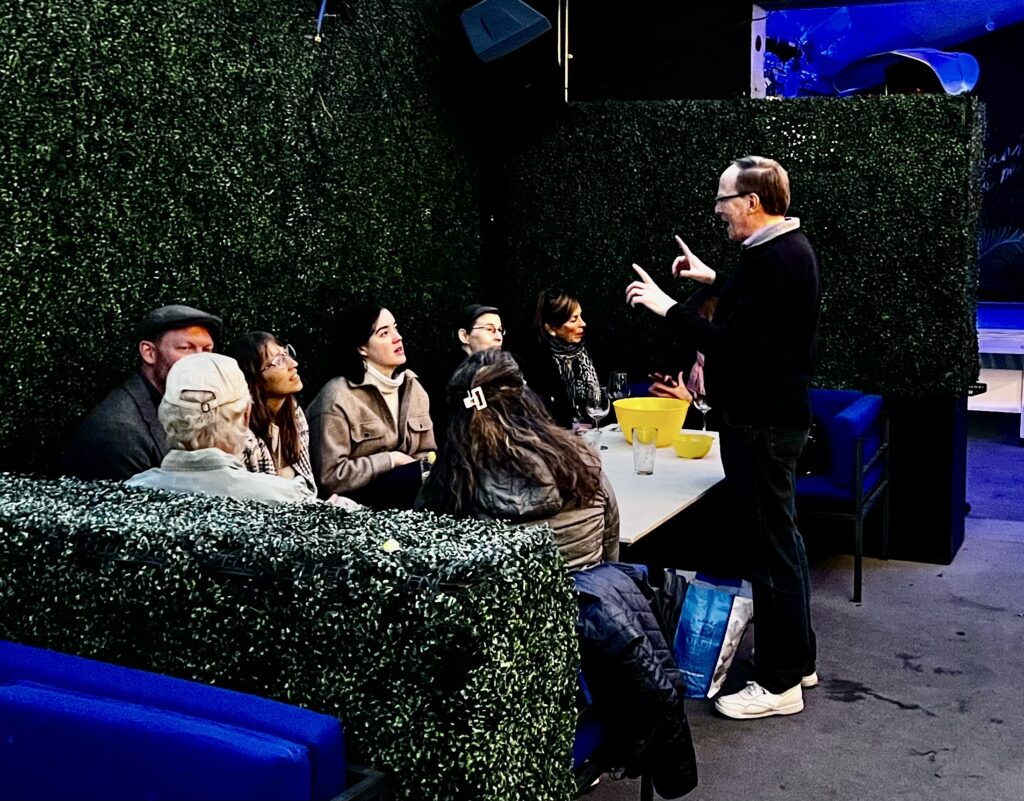
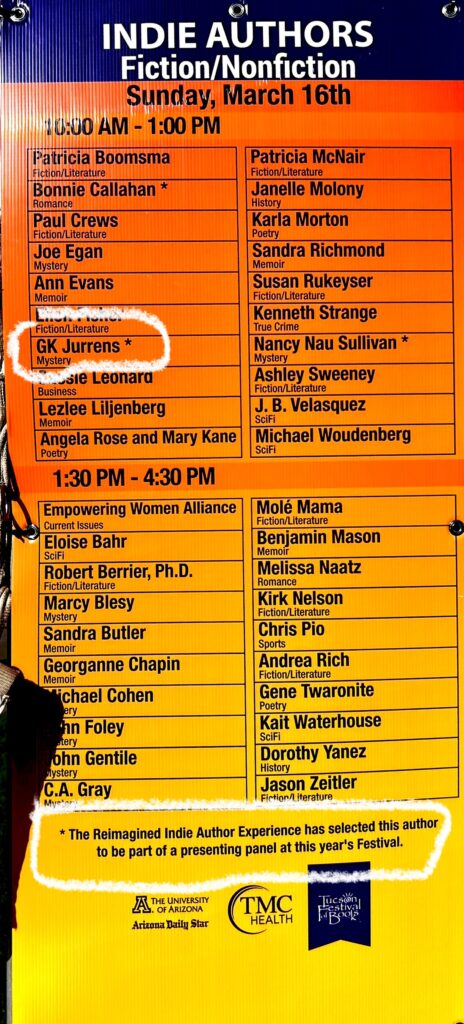
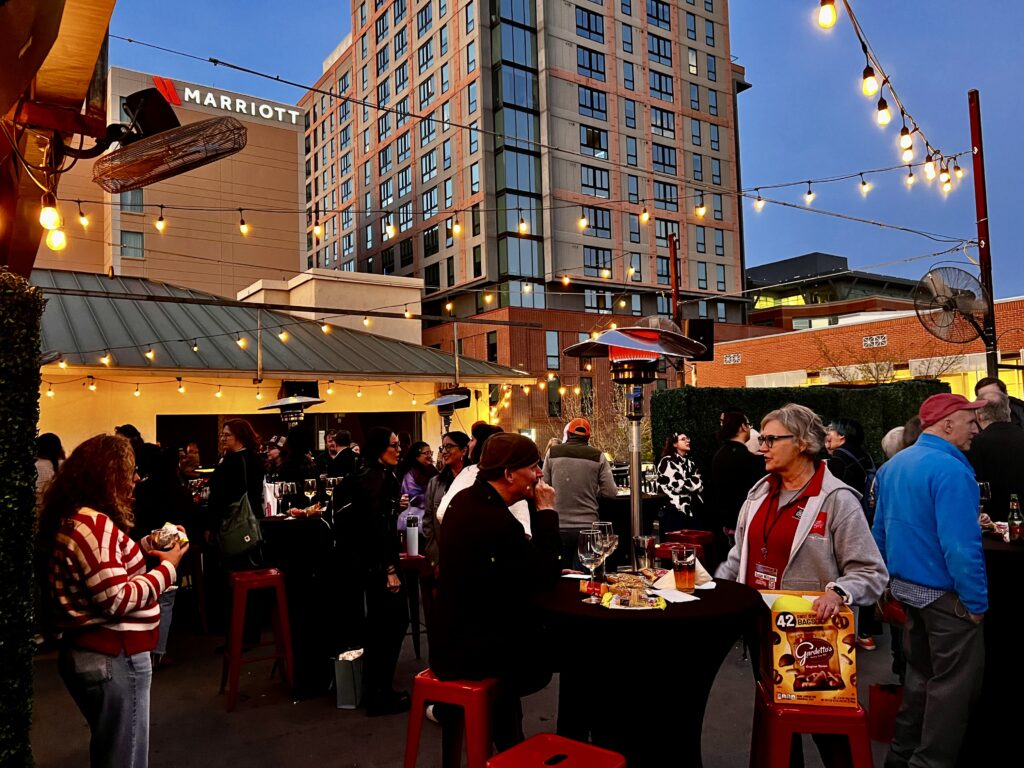
2. Countdown to Relocating (Again)!
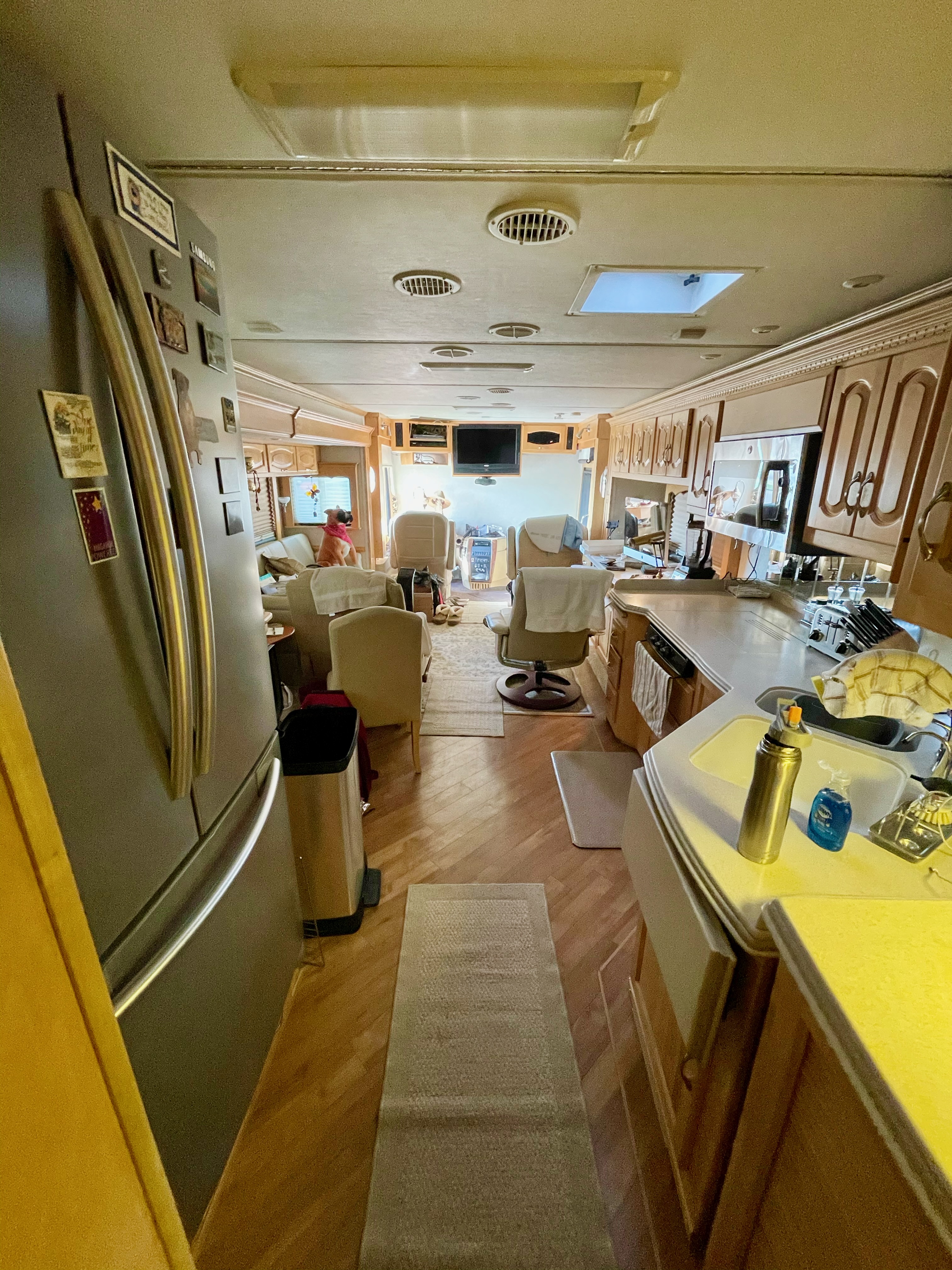
We’ve enjoyed our stay in Tucson since the beginning of the year, and we’re not quite done here, yet.
Later this week we move the rig to Tucson Freedom RV (again) for some final pre-road preventative maintenance.
We also plan to see our dear great-niece, Hannah, who now lives here, having relocated from Lakeshore Drive in Chicago.
And I’ll be winding down my Spanish studies as Kay finishes up physical therapy after her shoulder replacement. She’s making great strides on range of motion and recovery pain management.
Then, we start a near-month-long trek northward to Minnesota, stopping in New Mexico, Missouri, and Iowa along the way to visit friends and family.
We don’t dare venture too far north too soon, however, as RV parks “up there” keep their water turned off until the threat of freezing passes. Without water they don’t open. And we like our full hook-ups (power, water, and sewer), “fer sher, dontcha know.”
If you haven’t yet heard, after almost ten years “most-timing” in our beloved bus with her being our only home for the last few years, we’ve lived in some 40+ states for a few weeks to a few months each stay, returning to our favorite haunts. We’re now seriously contemplating “coming off the road.” Yep, that means shopping for stix ‘n brix again, as they say. We’ll be house-shopping once we return to “the Mothership.”
That’s Rochester, MN, our home town. But perhaps as significantly, that’s also the home of the Mayo Clinic, our primary healthcare provider. We now find ourselves increasingly outrunning our healthcare while we’re in perpetual motion.
Plus, let’s be honest, we wish to be closer to family, old friends (after running away for a couple of decades), and I miss a garage, okay? There, I’ve said it!
Kay, however, is like the Energizer Bunny. It seems she could continue scurrying about North America indefinitely. At least that’s her story, and she’s stickin’ to it.
But for now, we’re looking forward to another three weeks here in lovely Tucson.
Now, I really gotta get back to work. Books to be written and edited and formatted and recorded! Plus, covers to design! I think a relaxing retirement lifestyle might “take” any day now (not)!
So, until… and wherever…
Gene

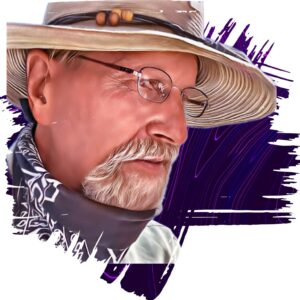
P.S. For those of you who are new to the party, this is our only home (for now):
